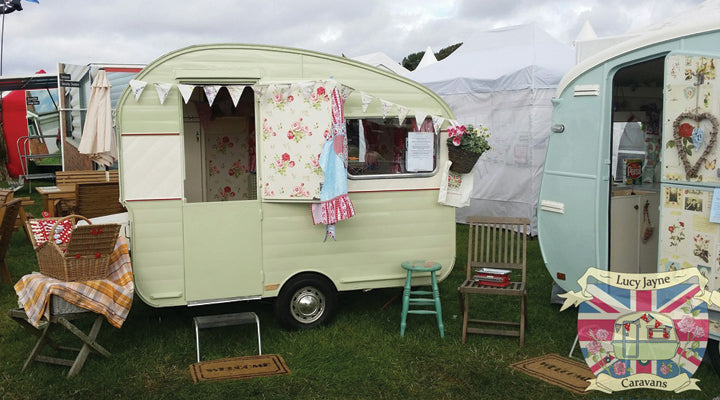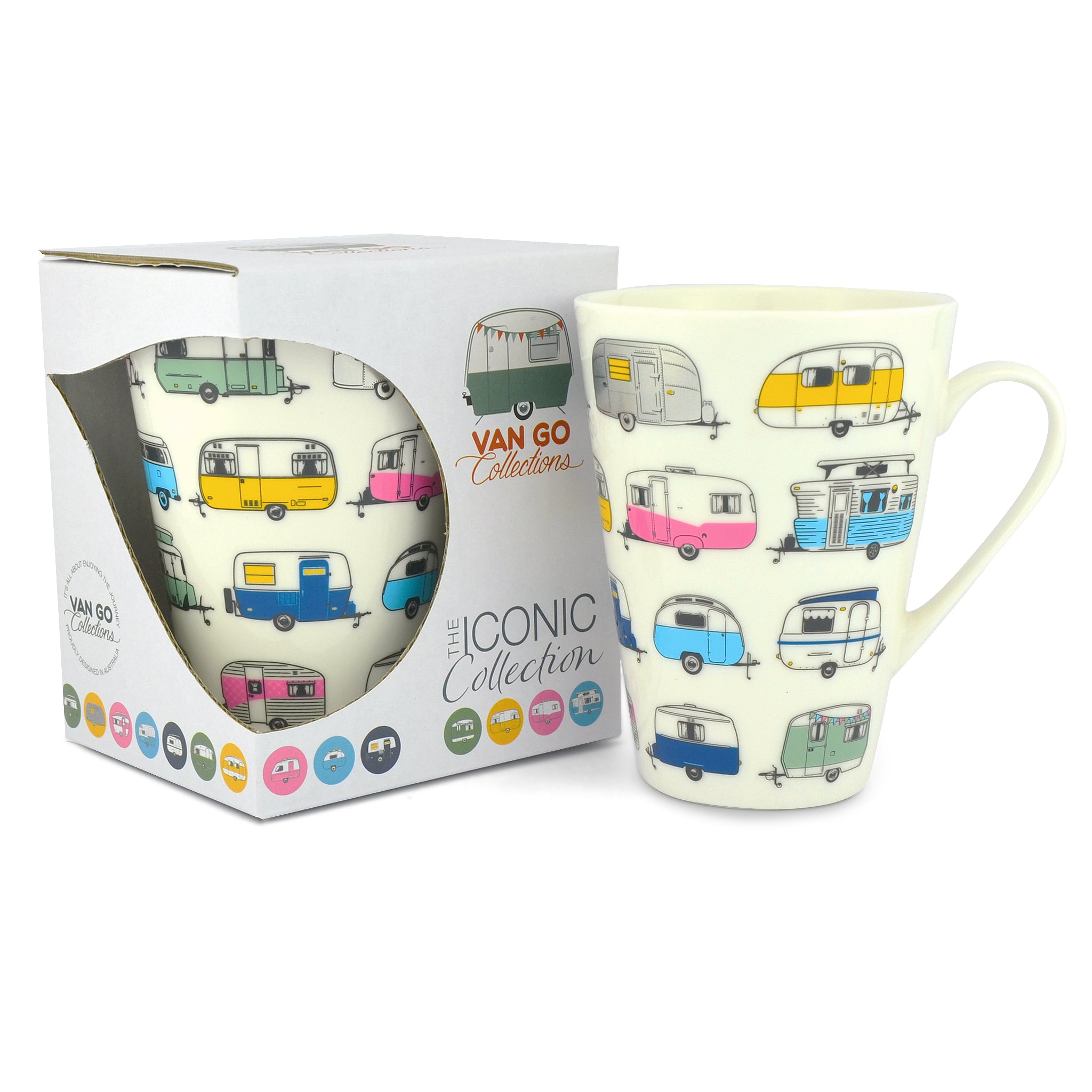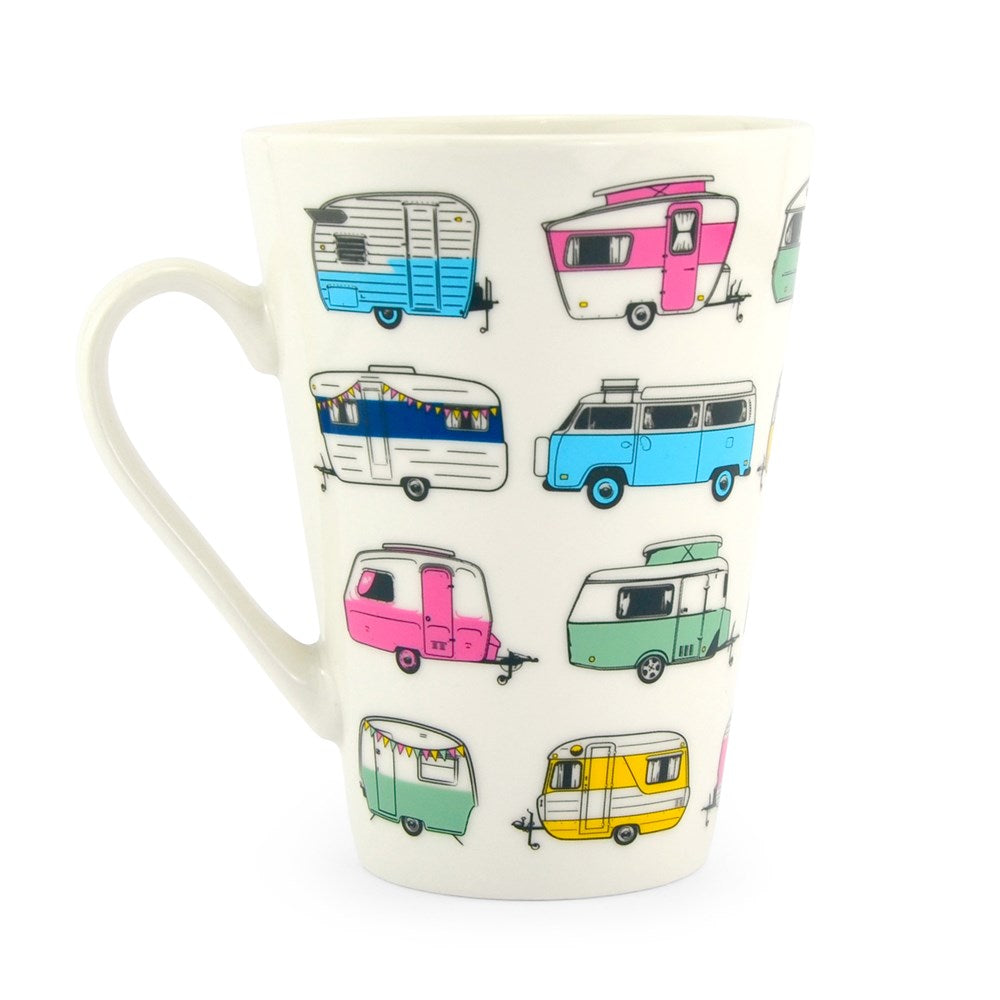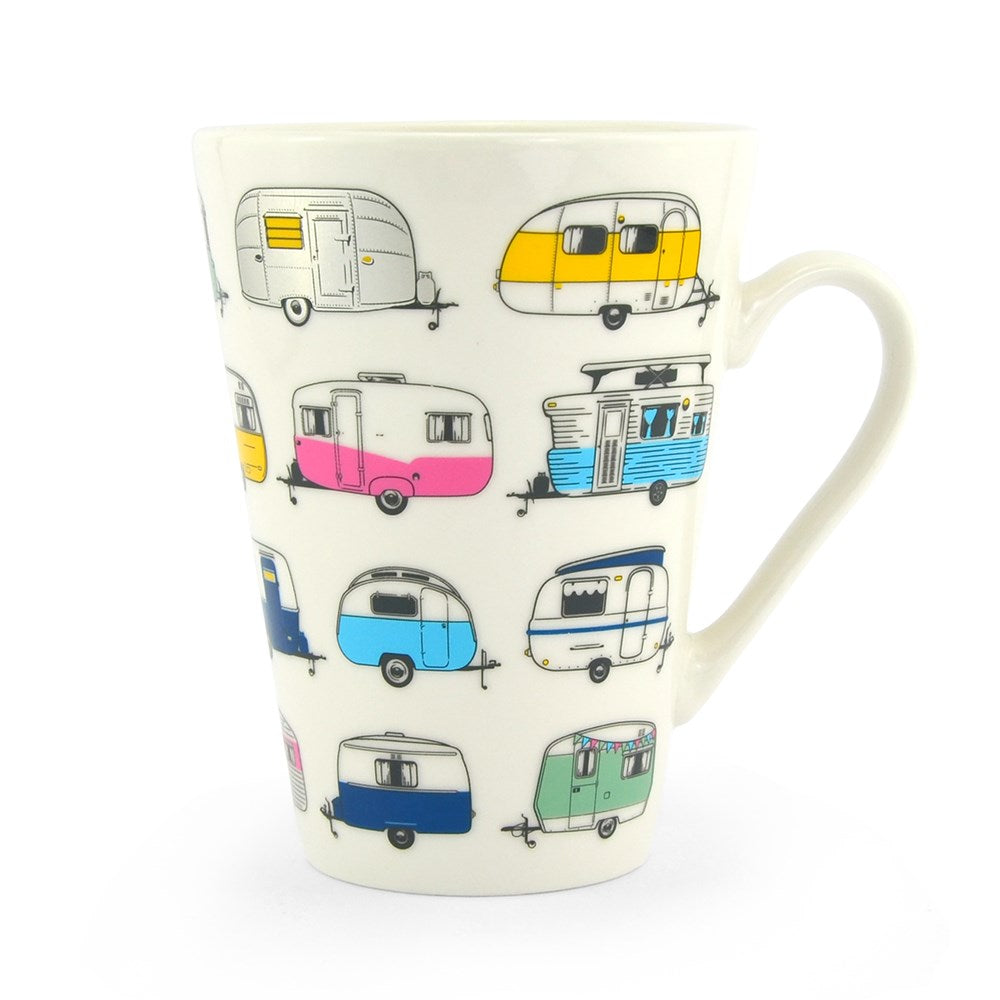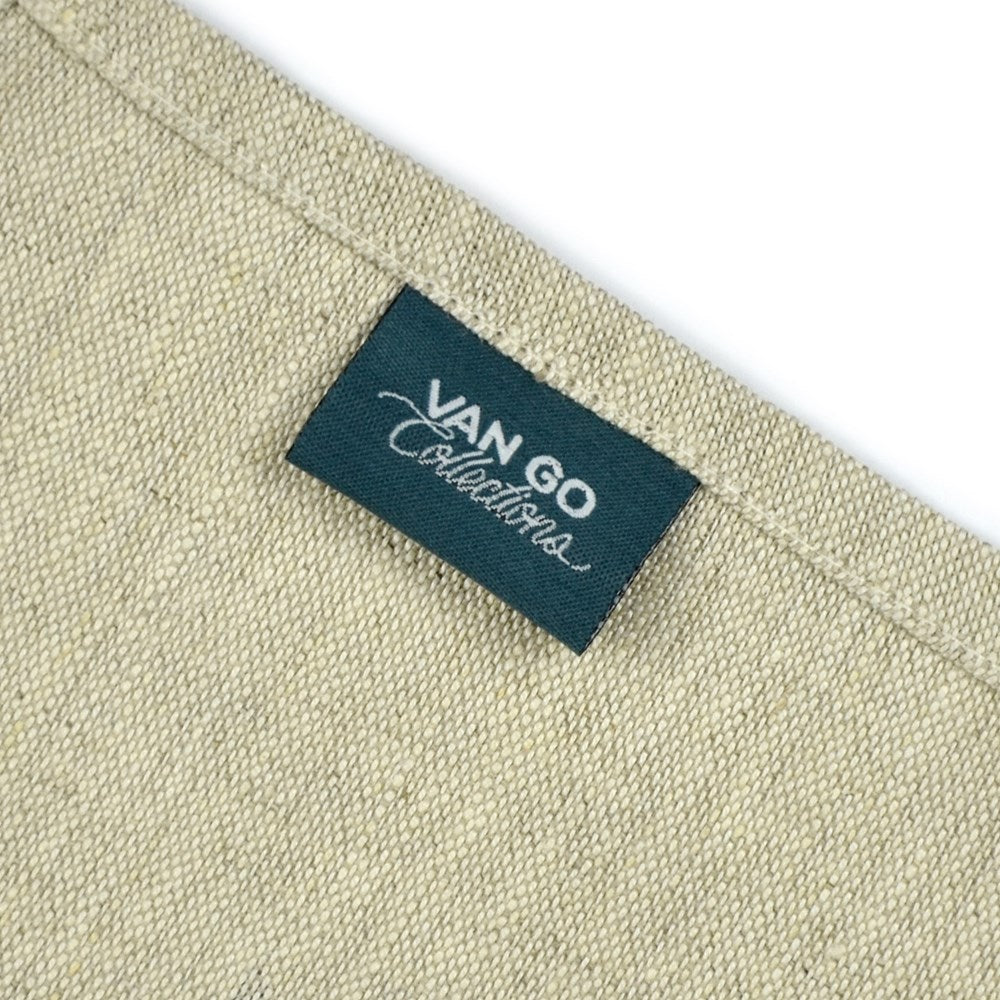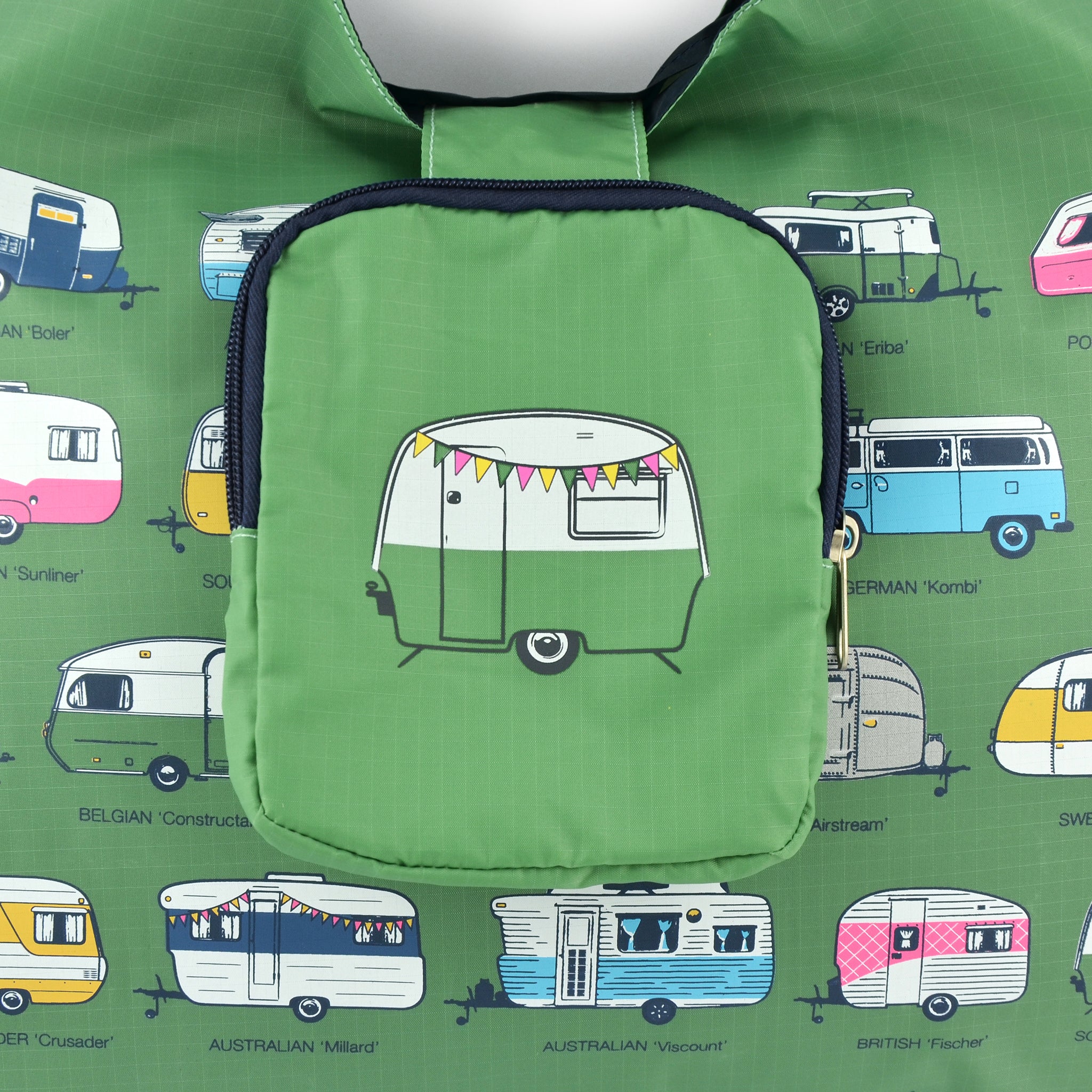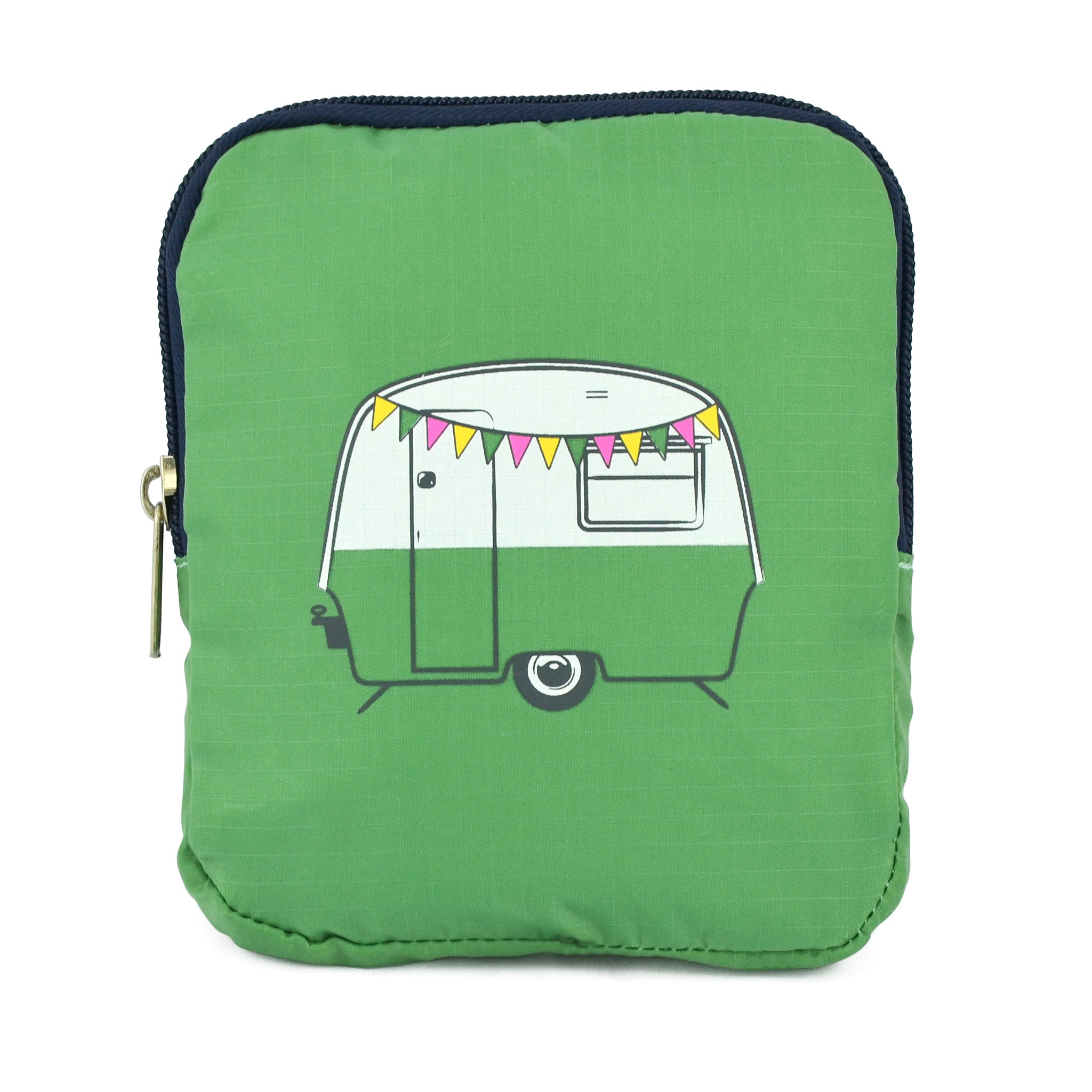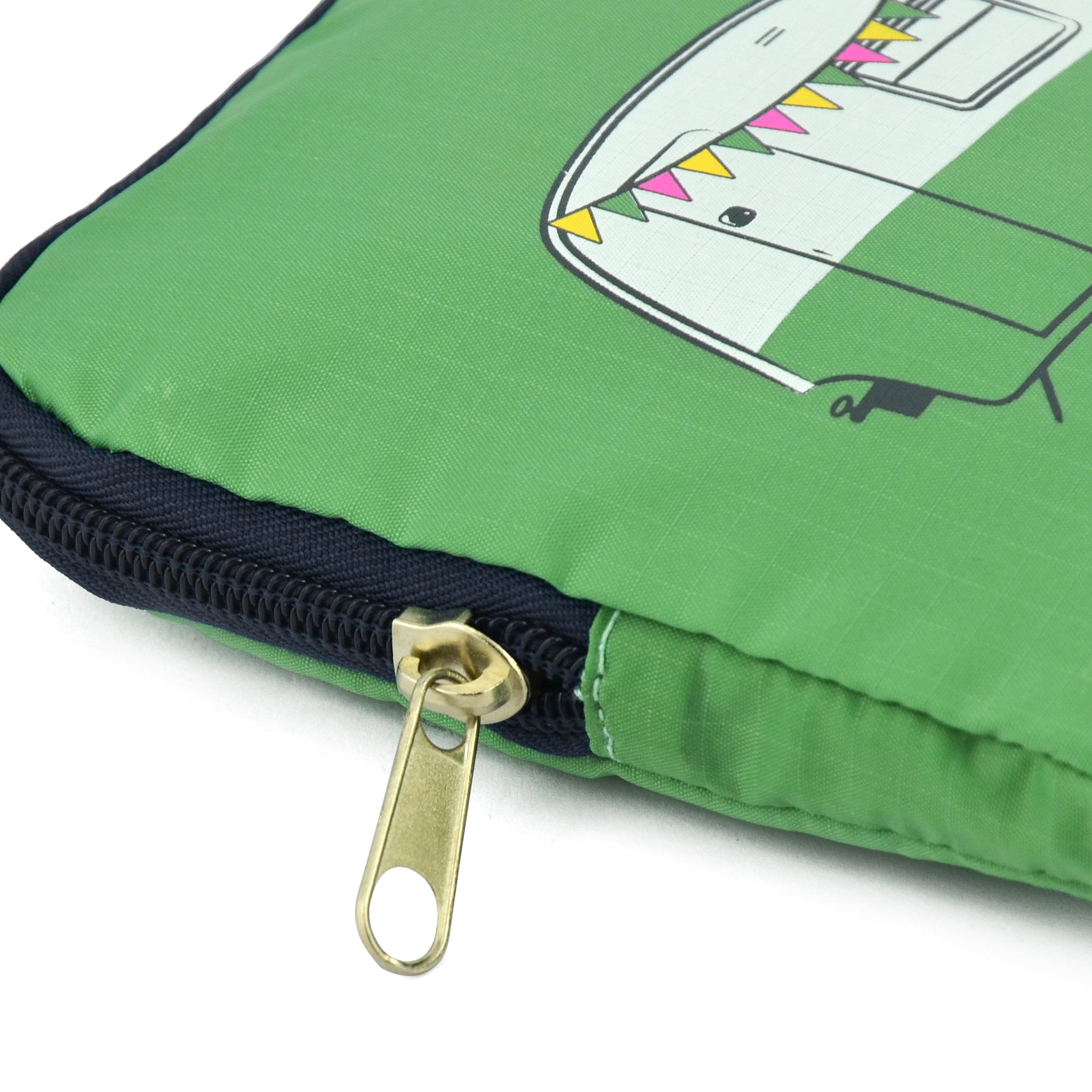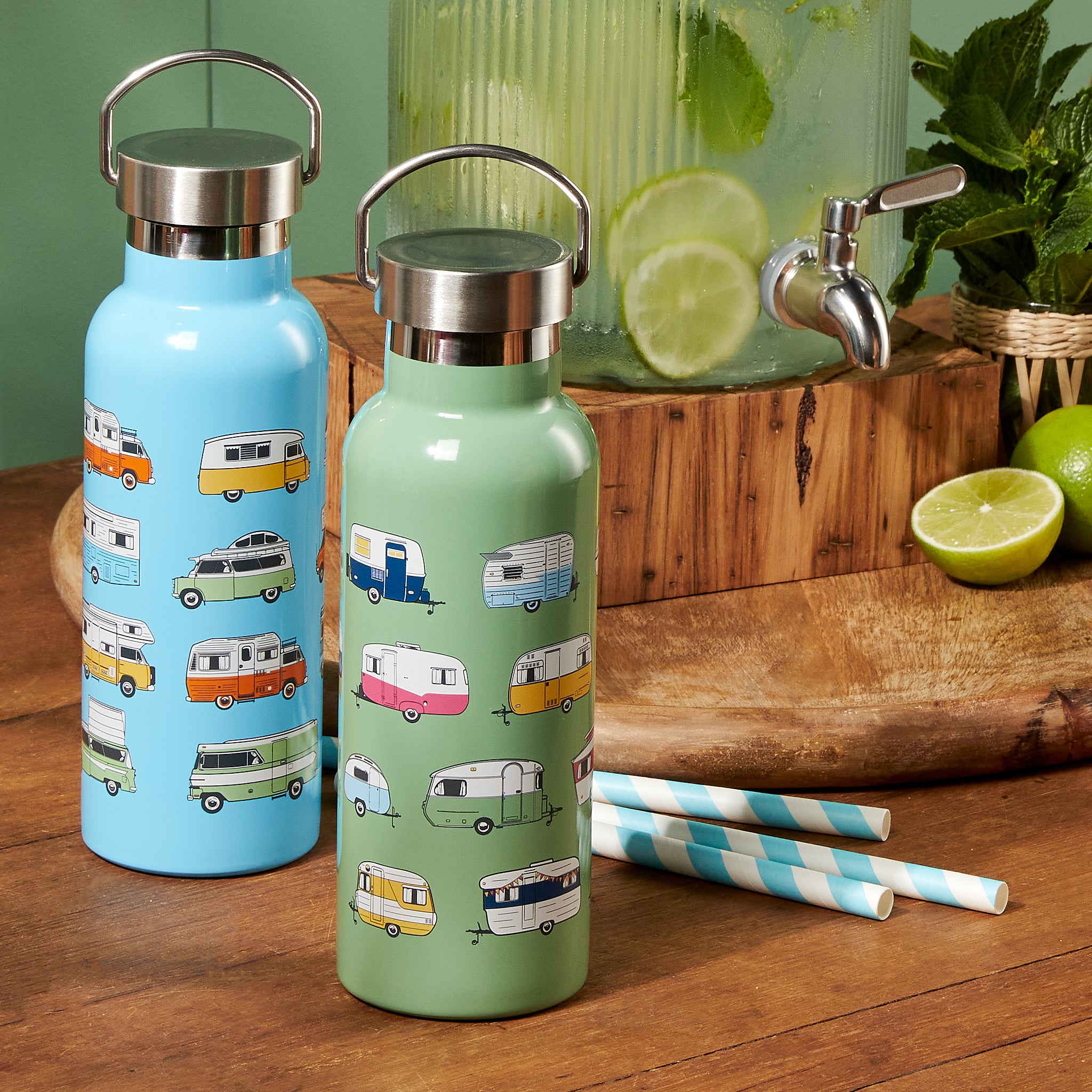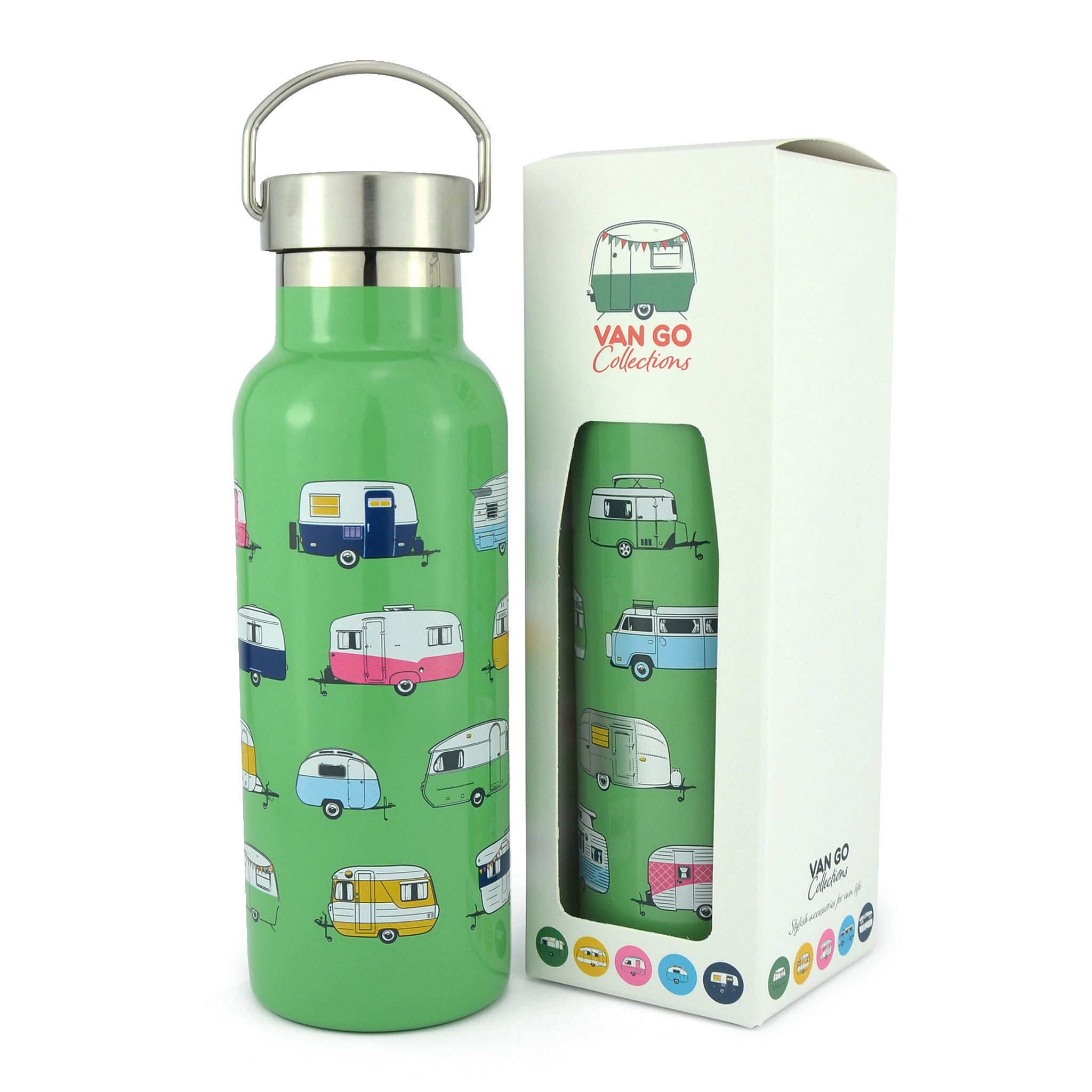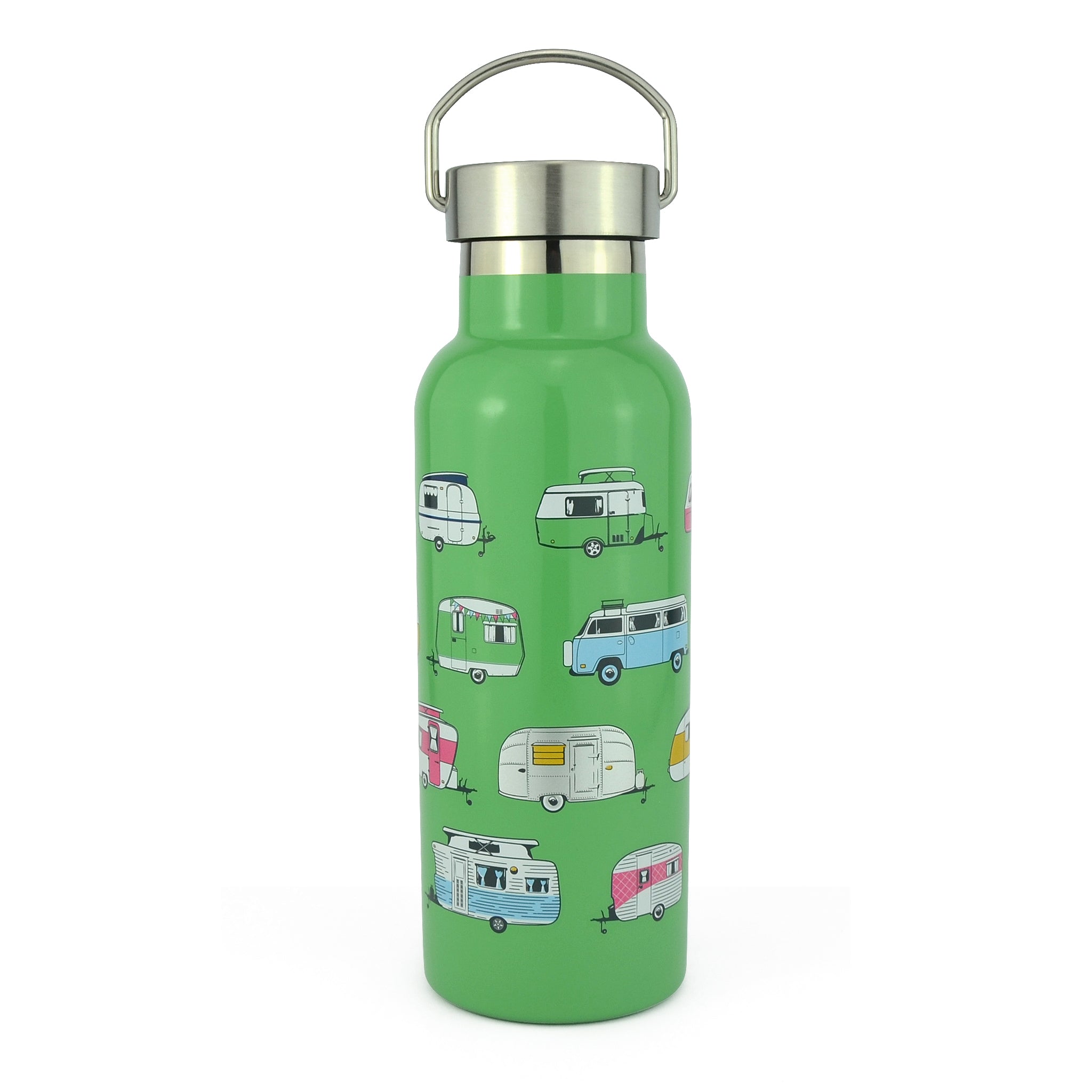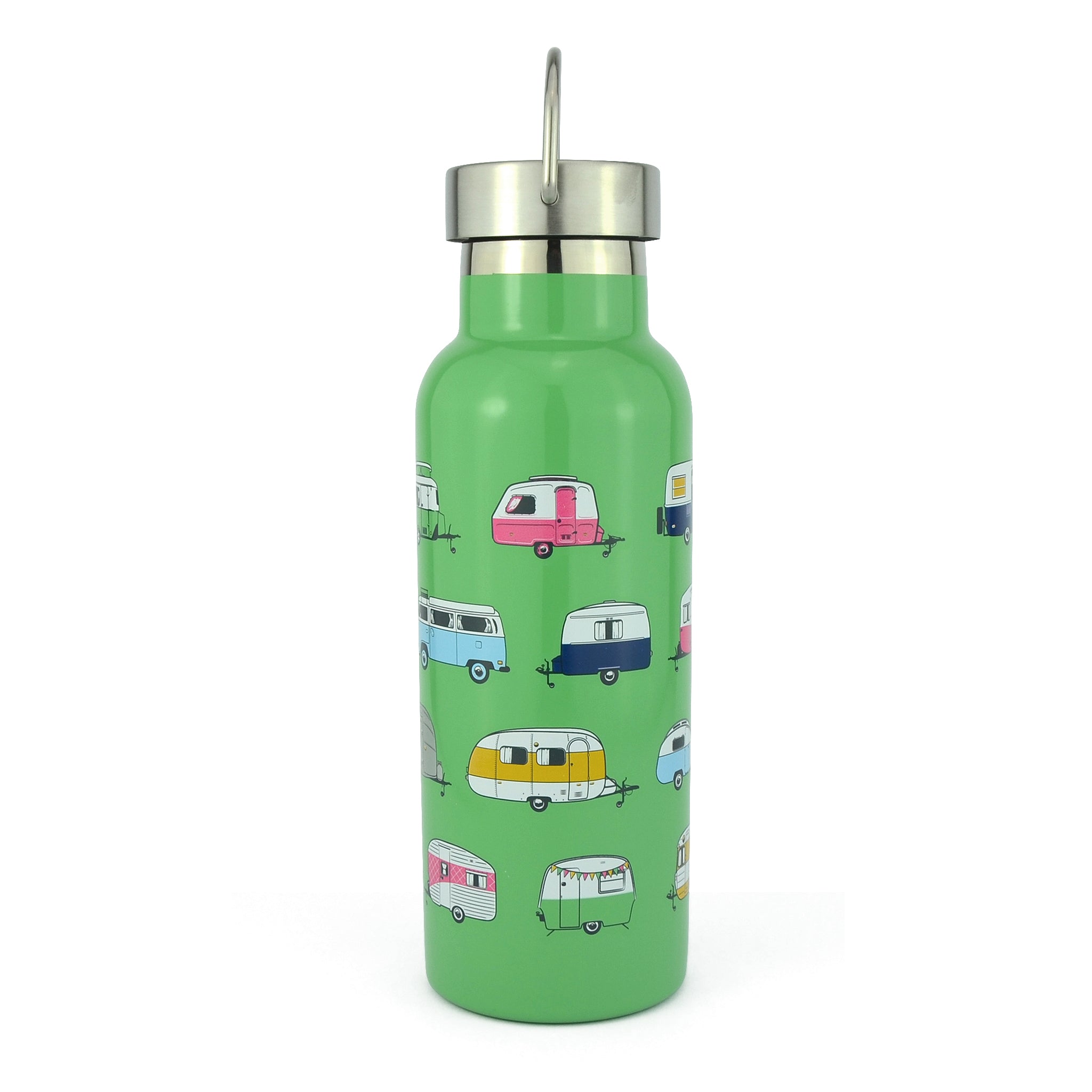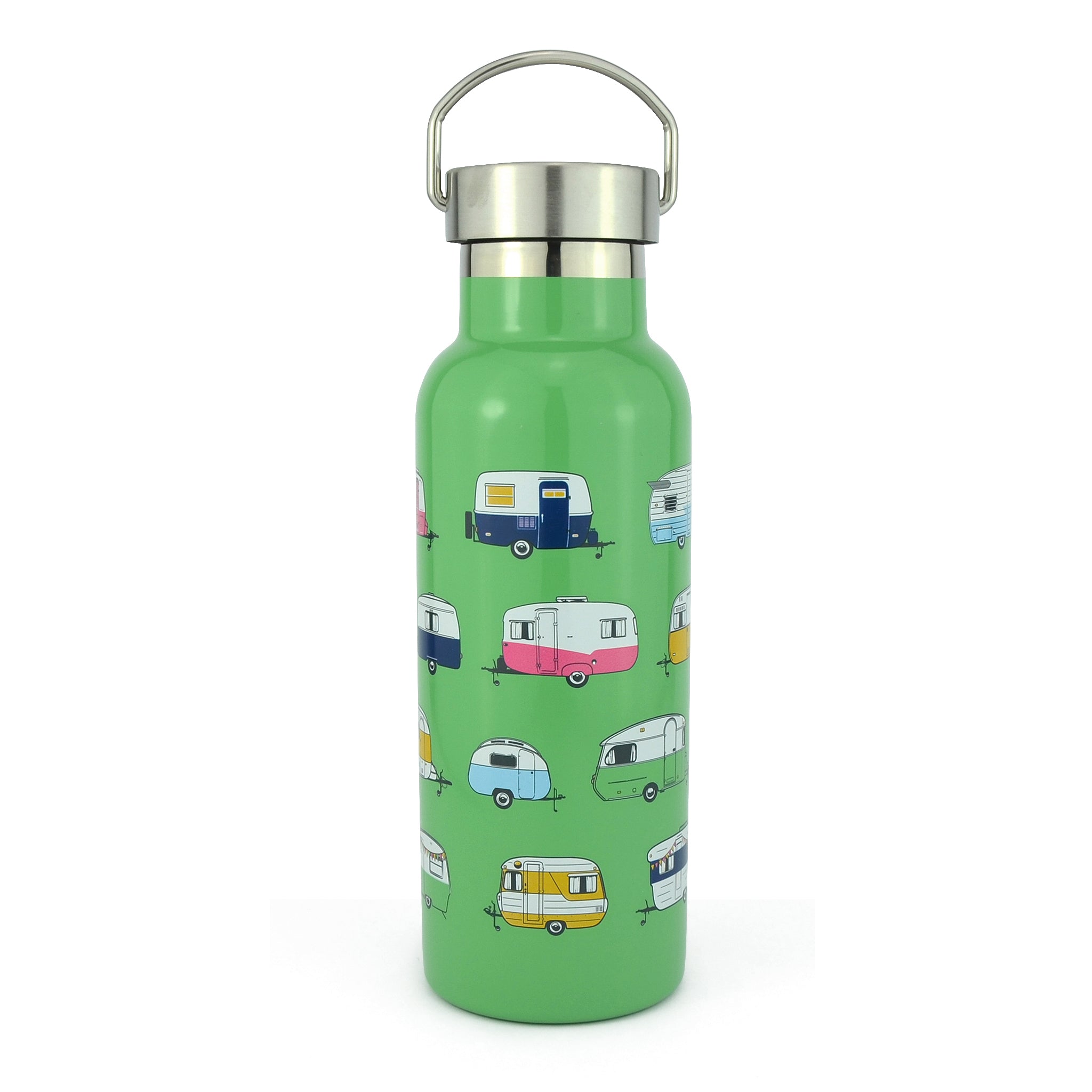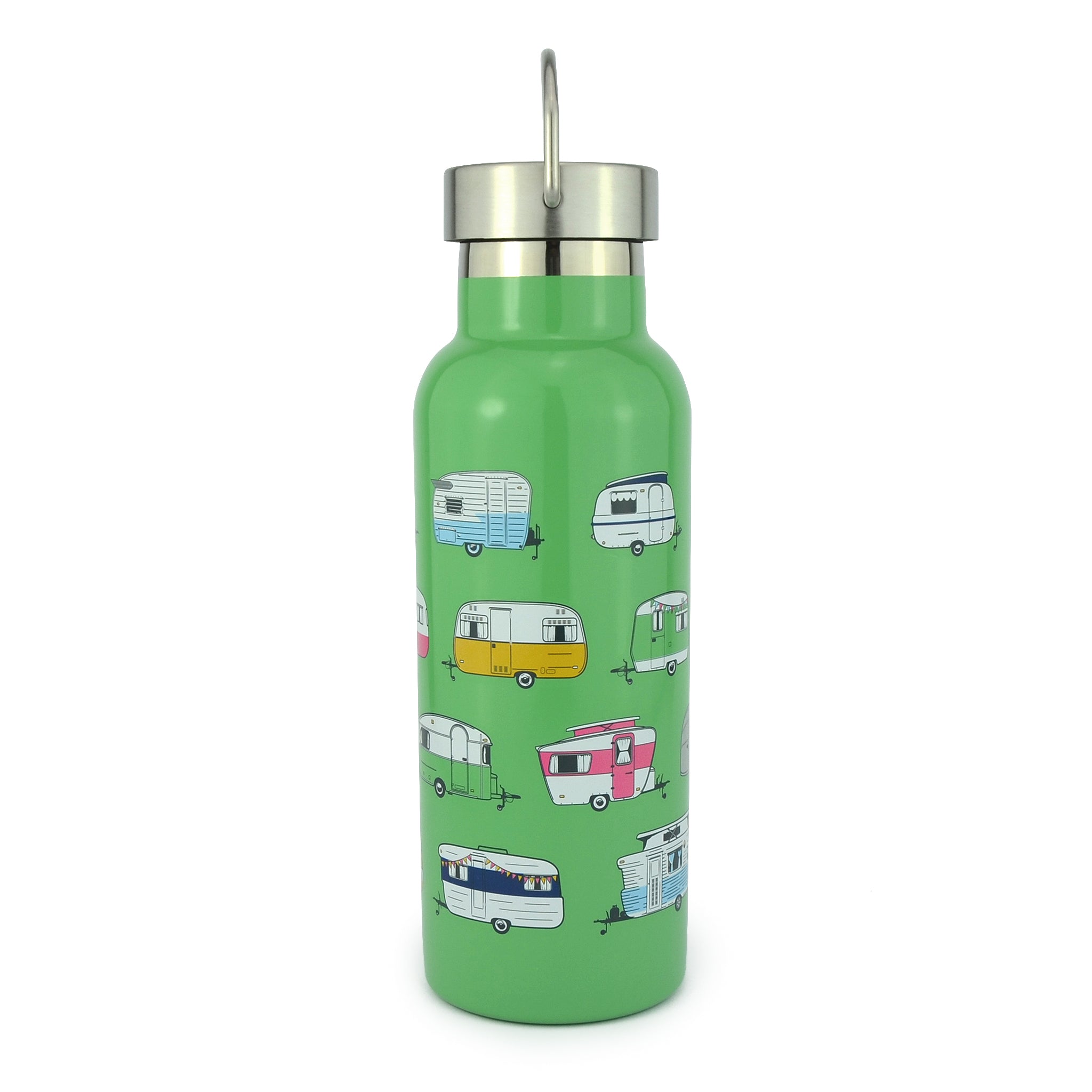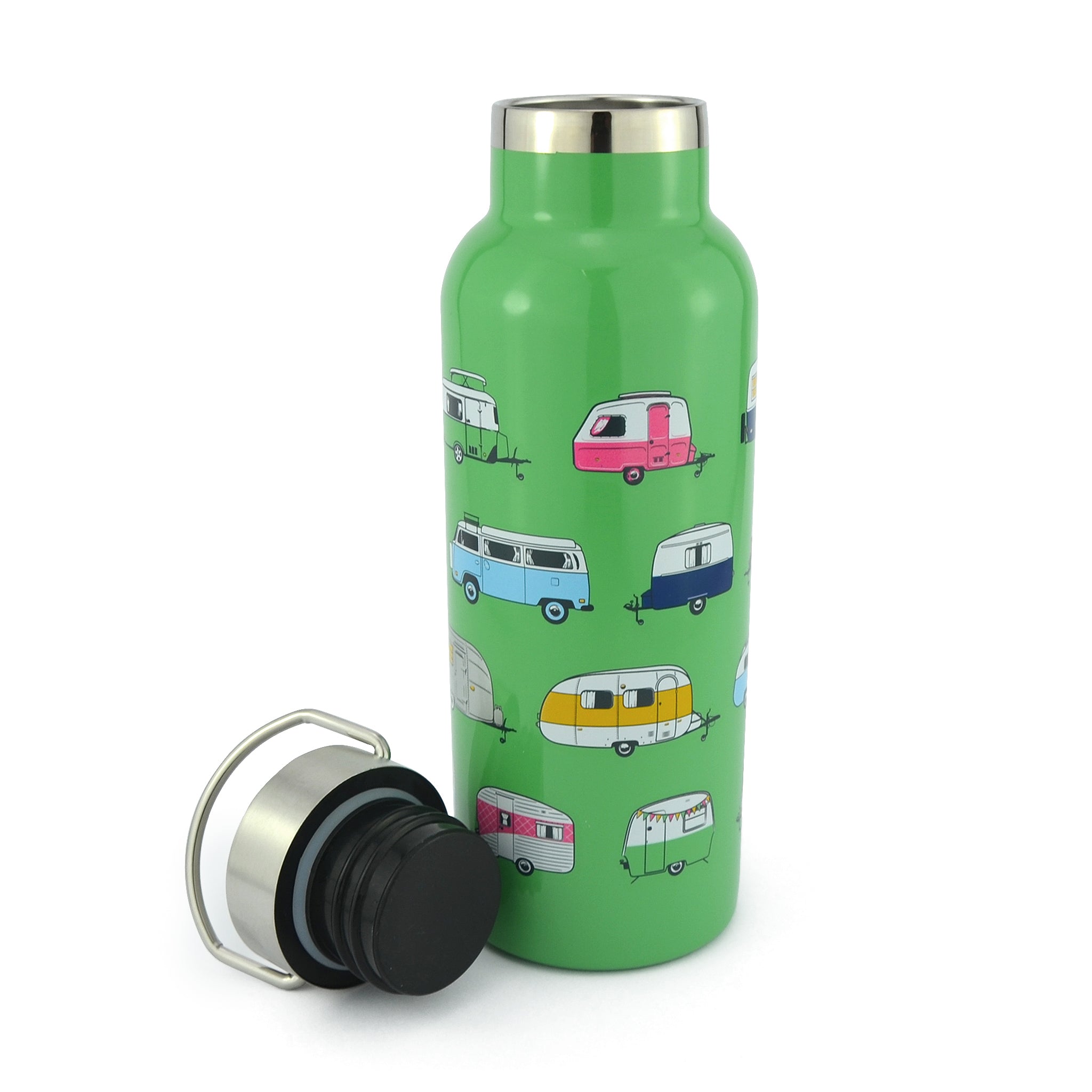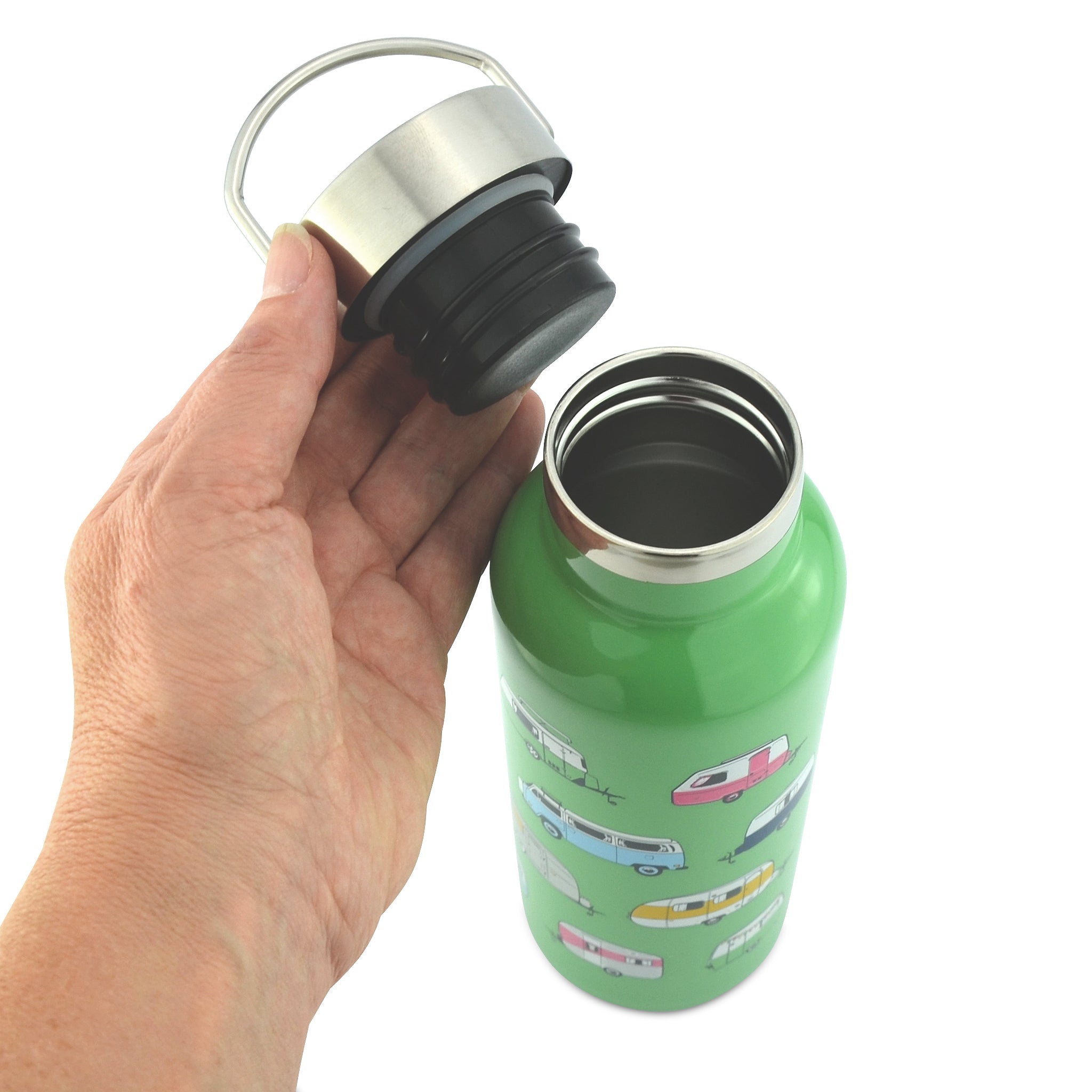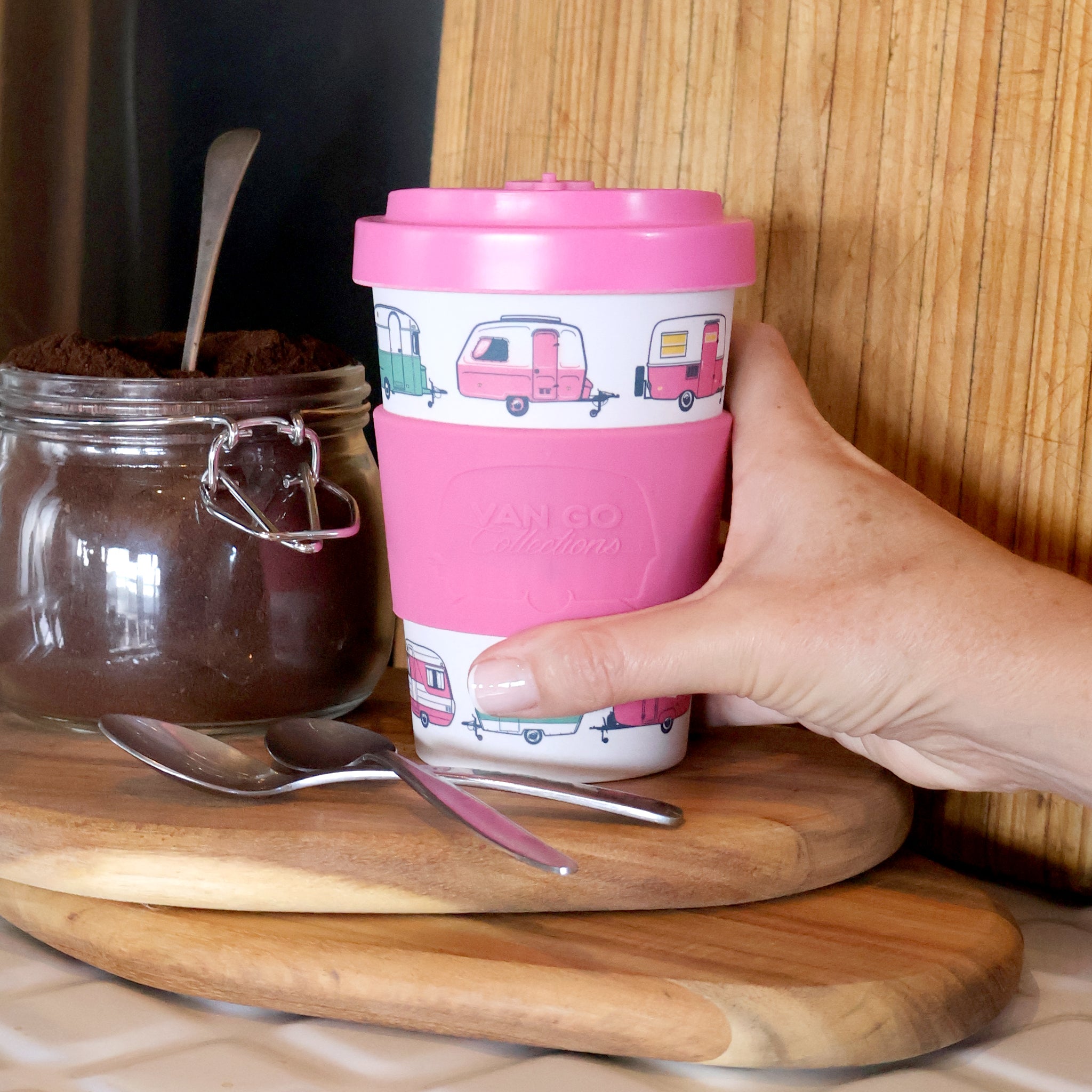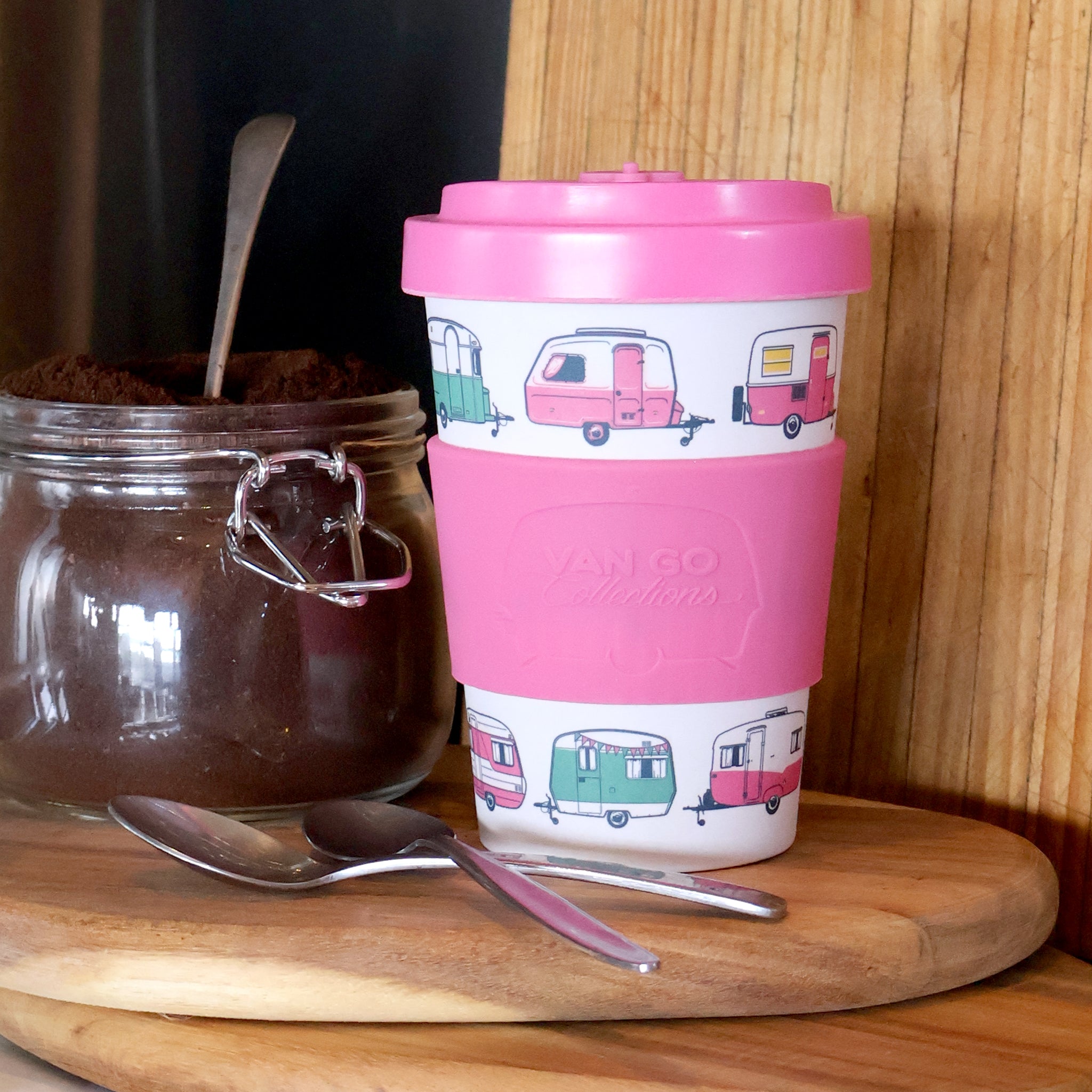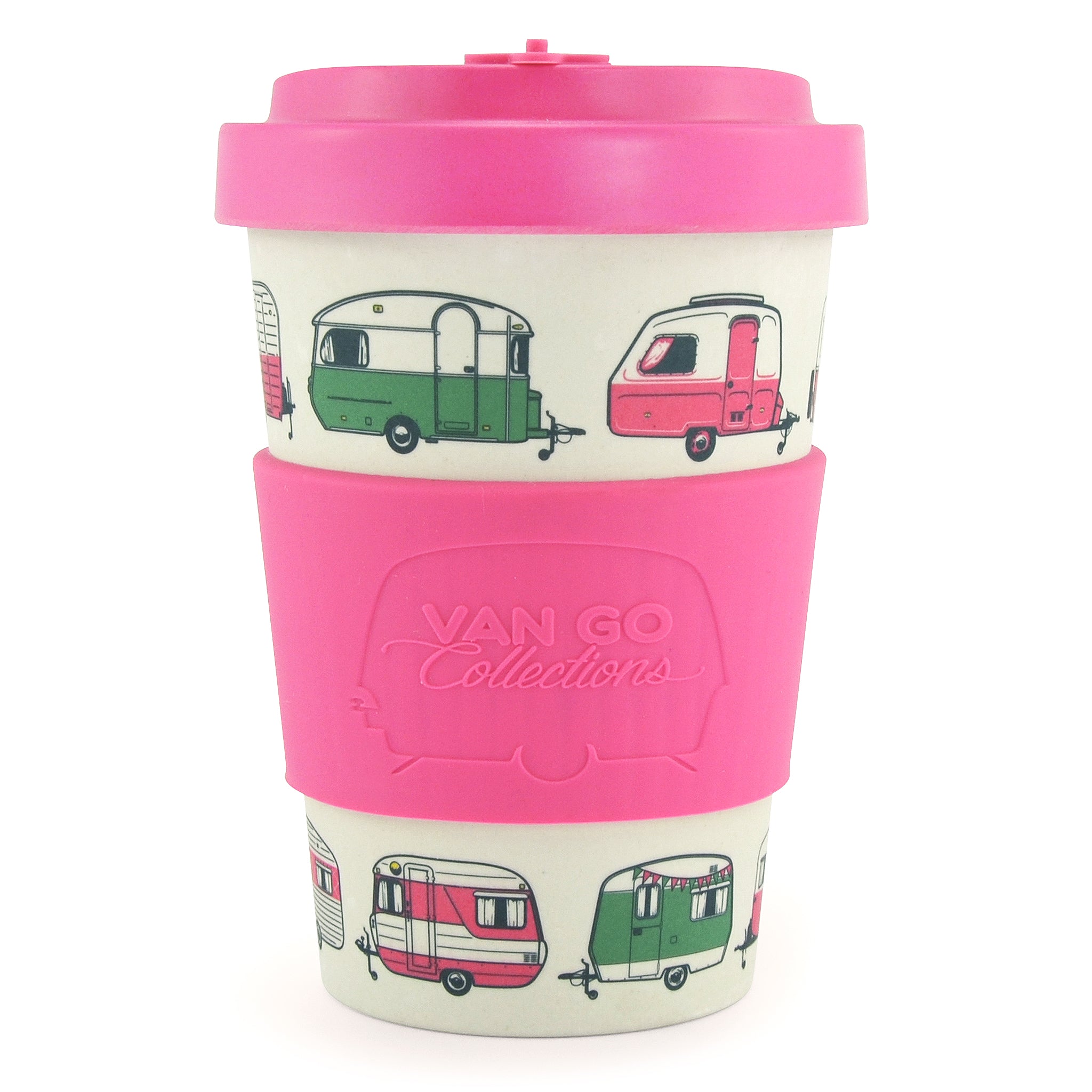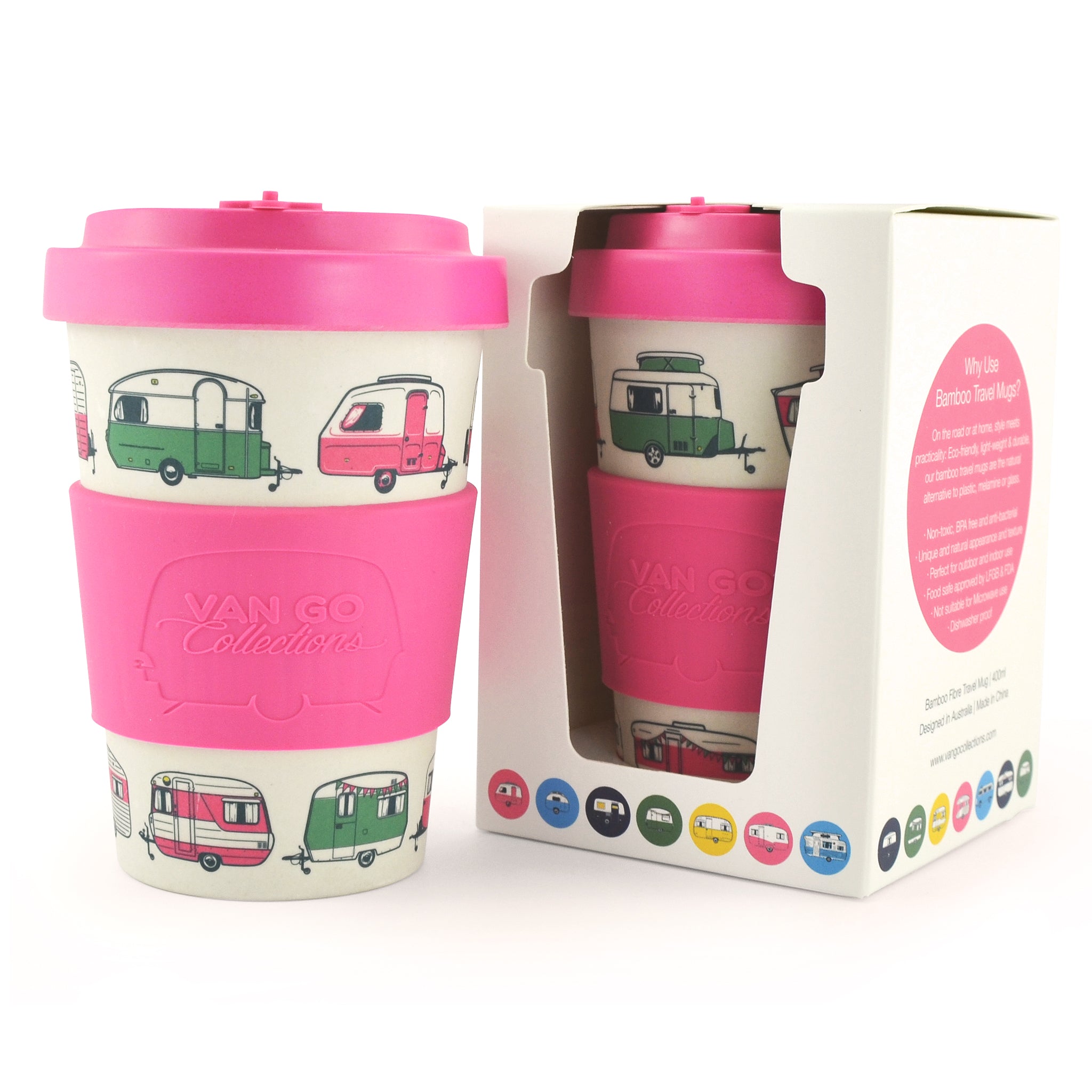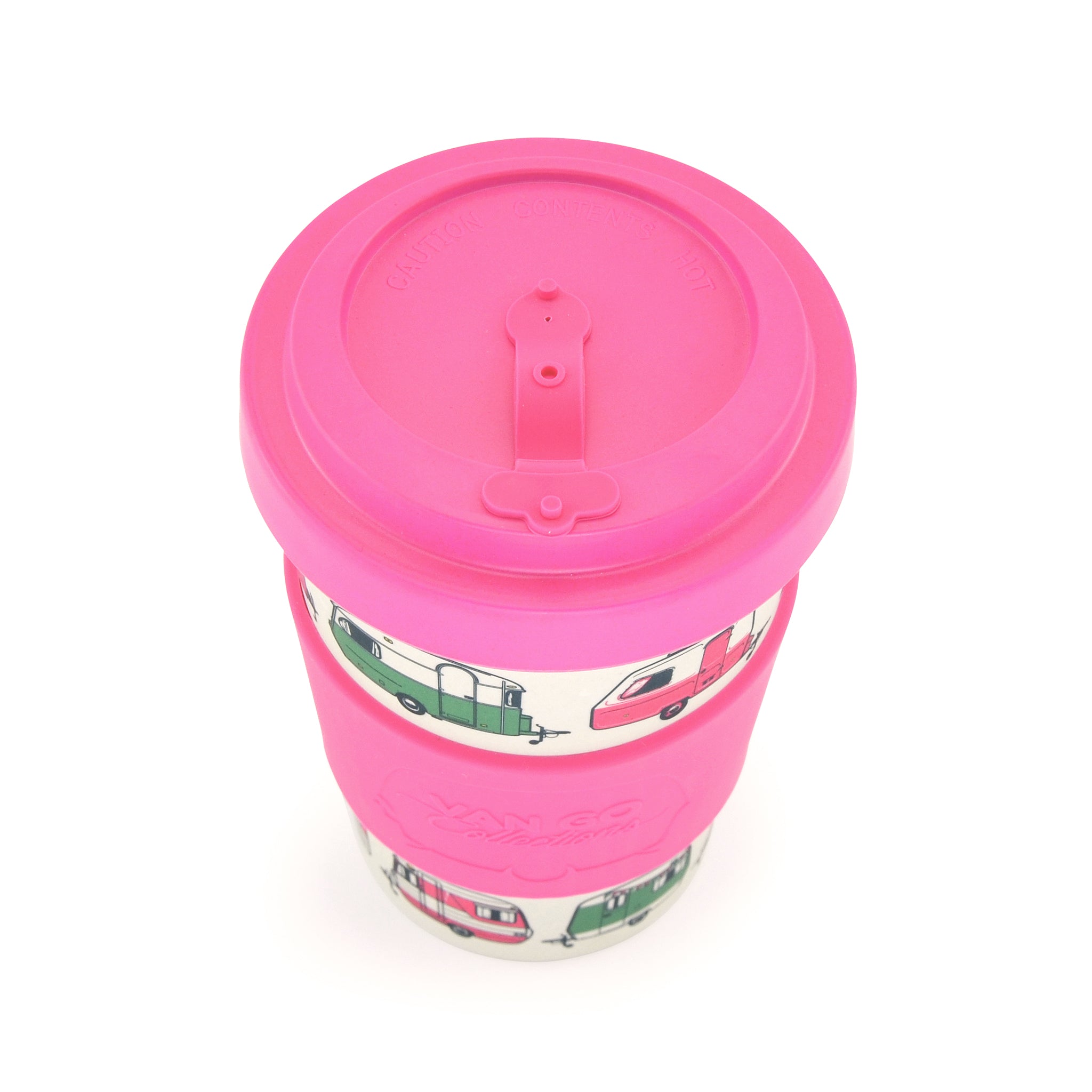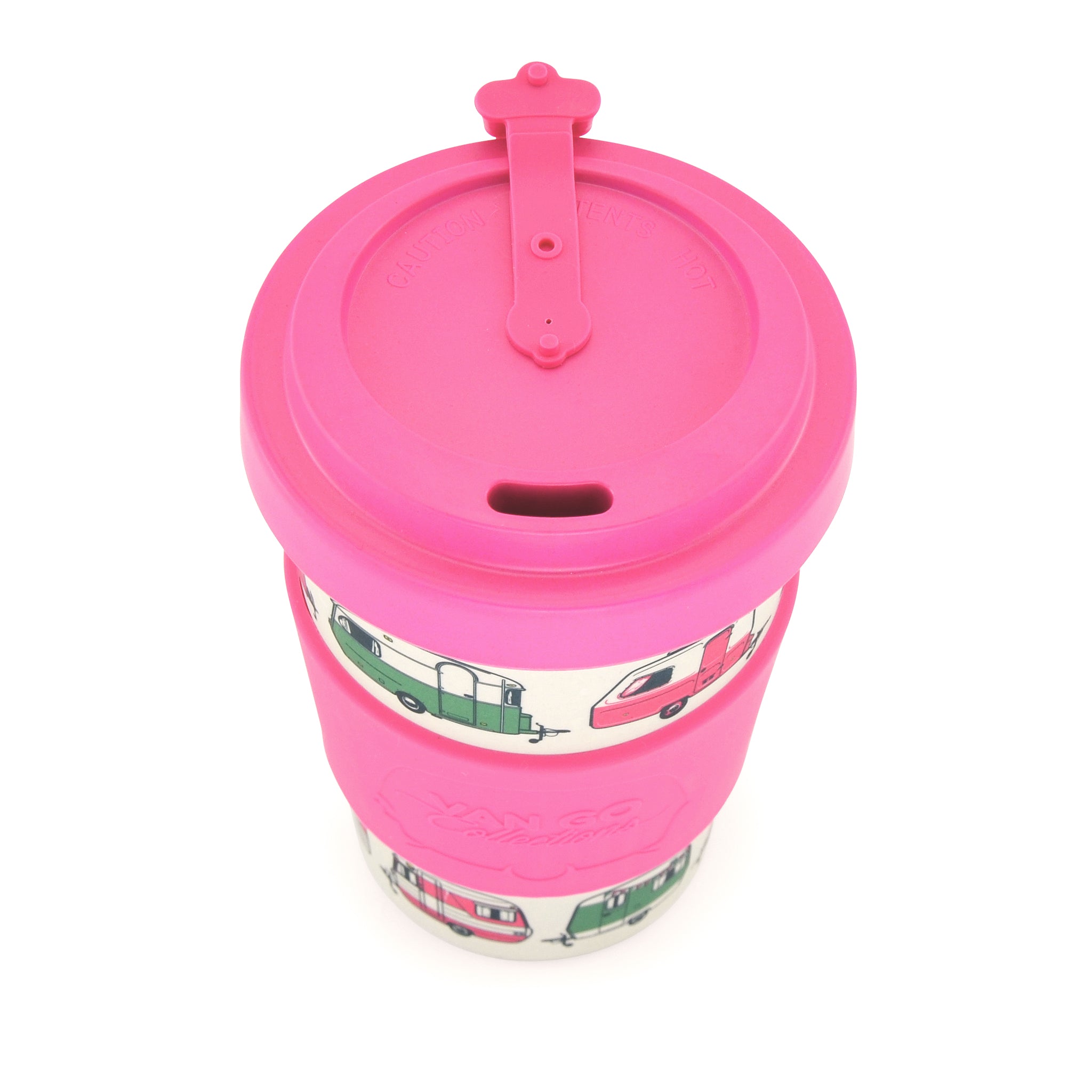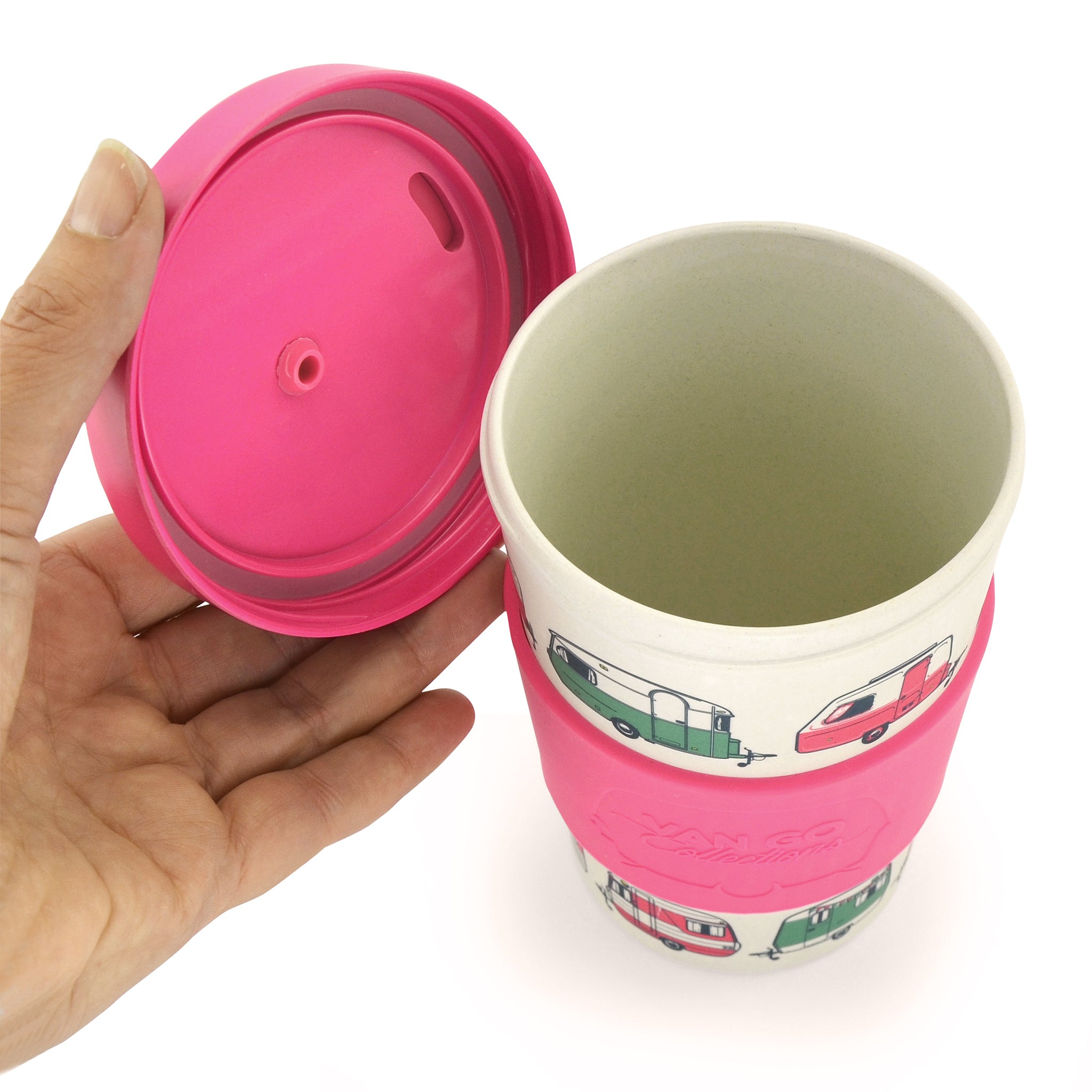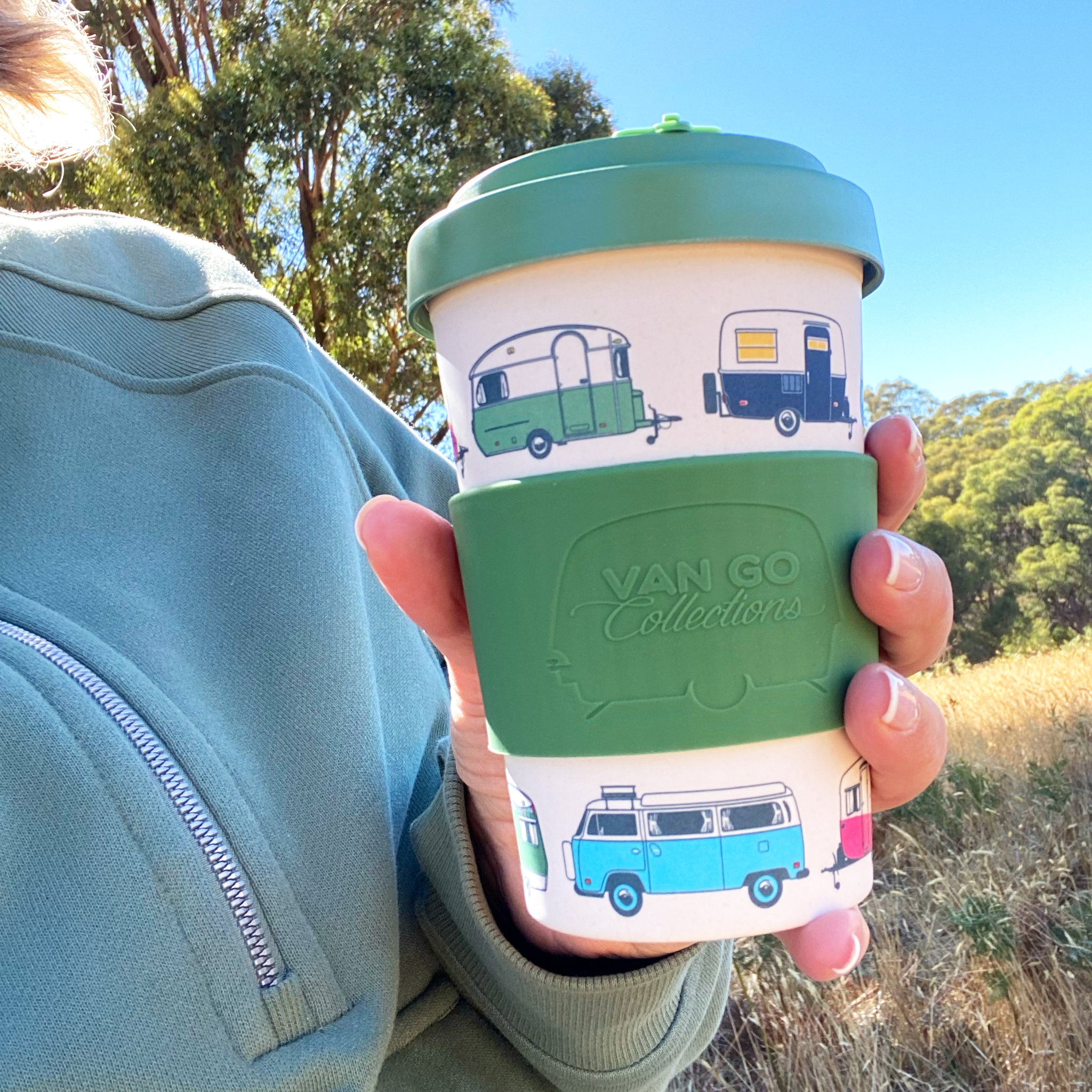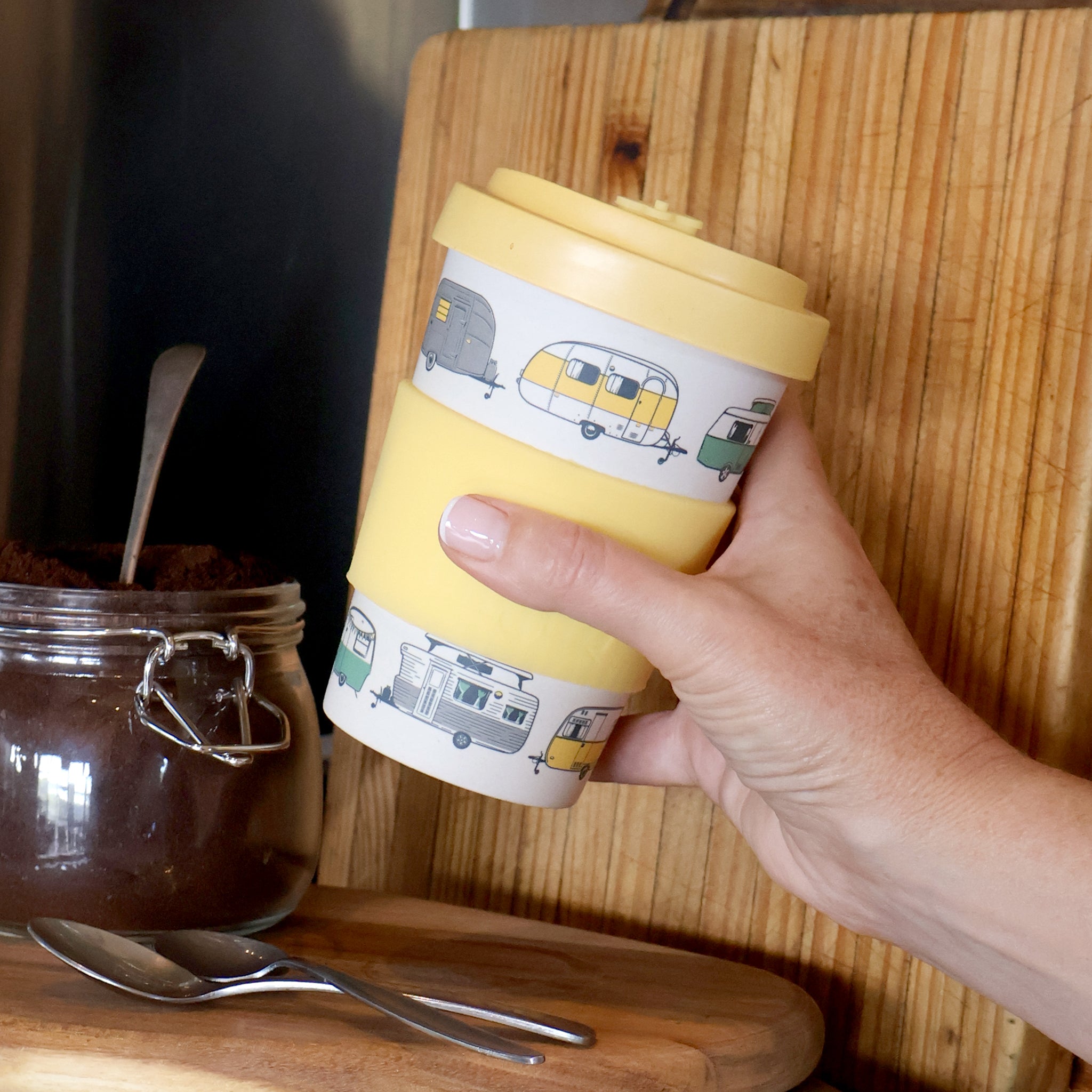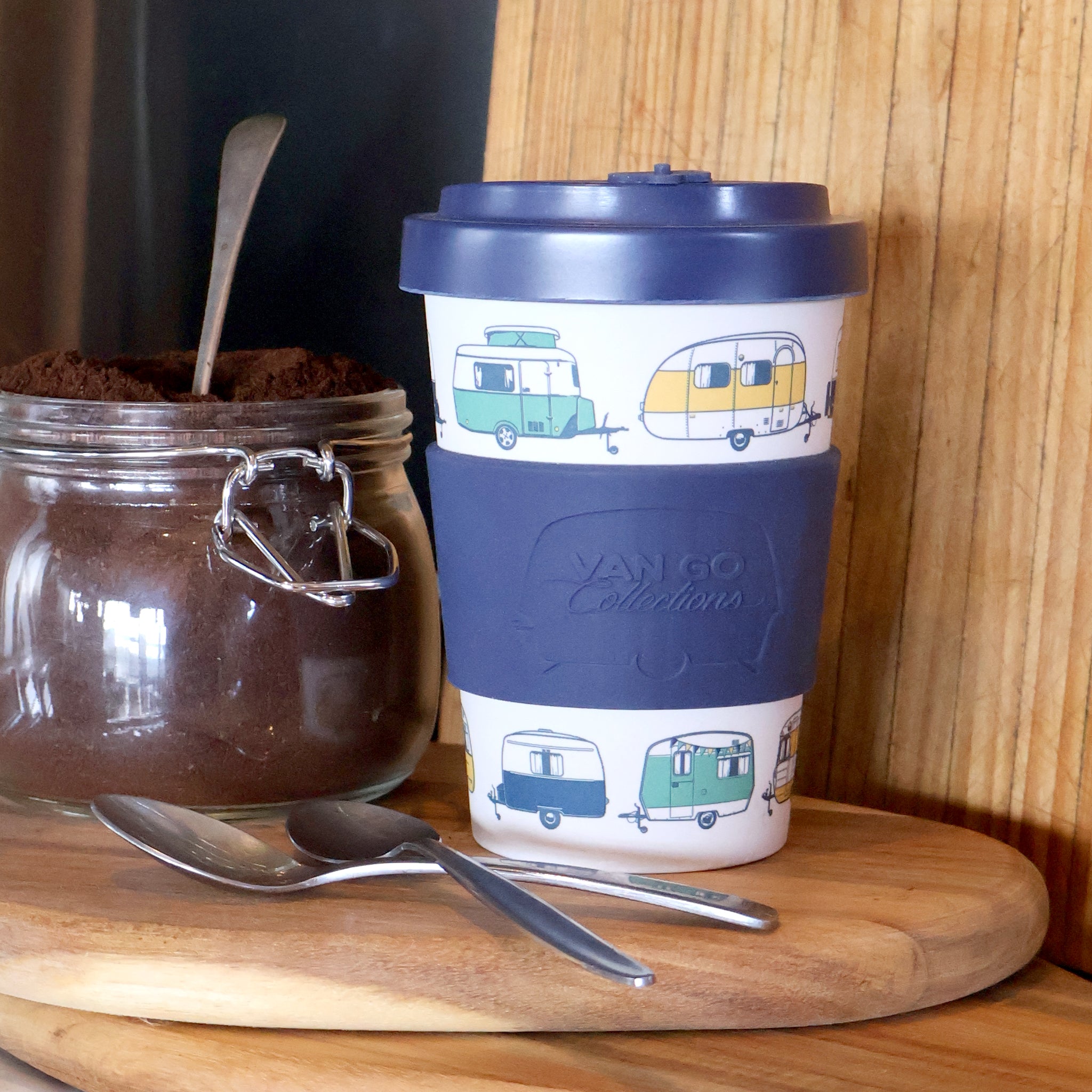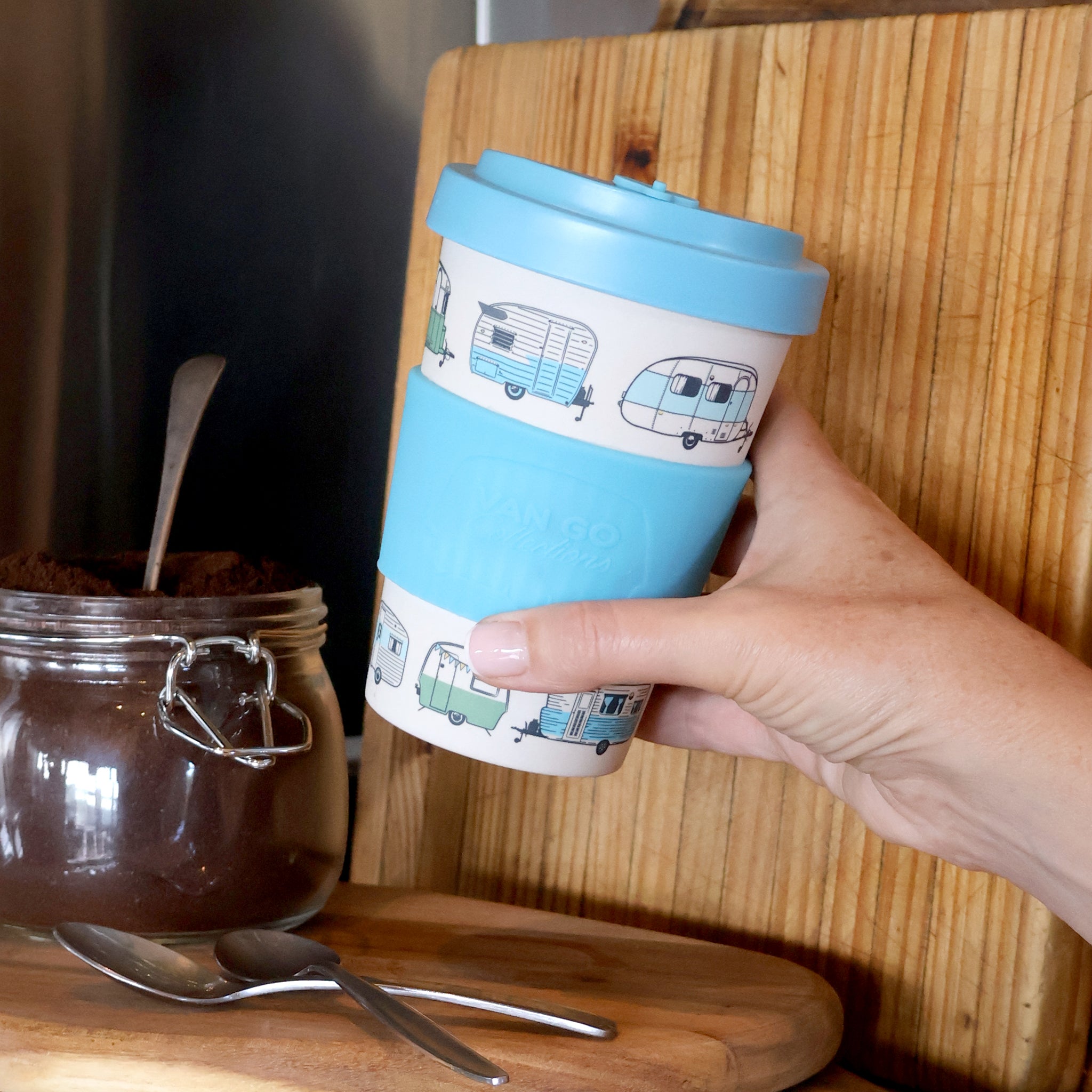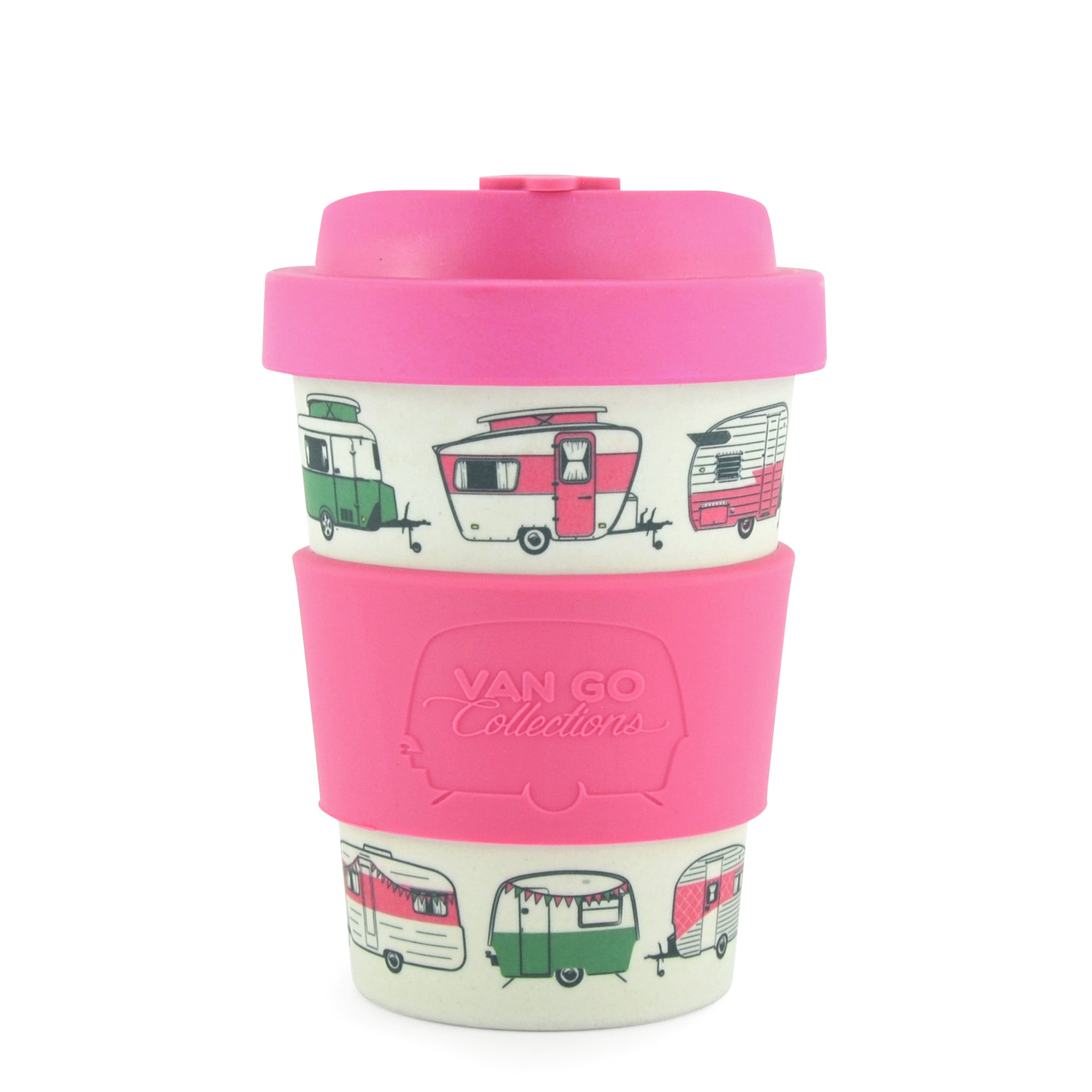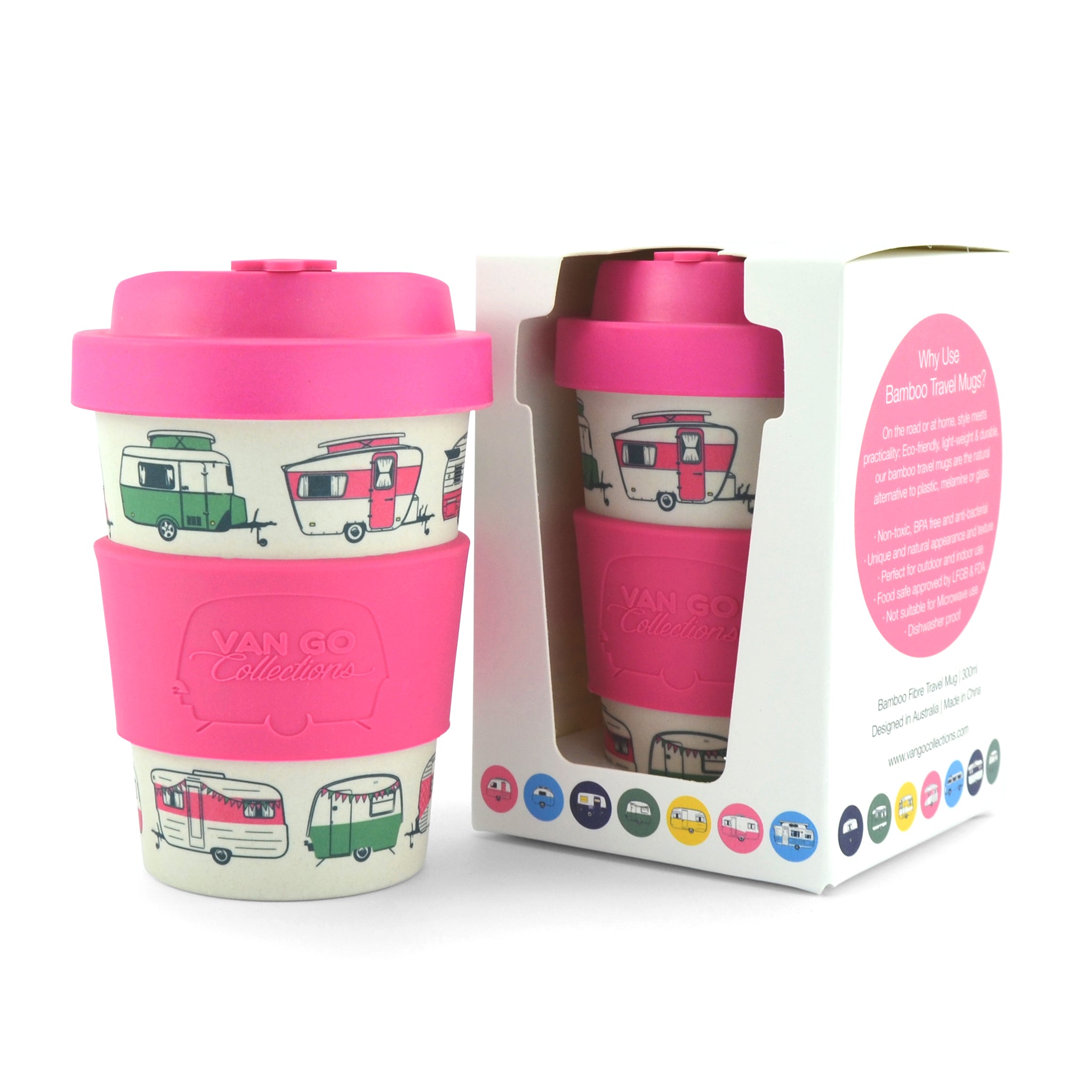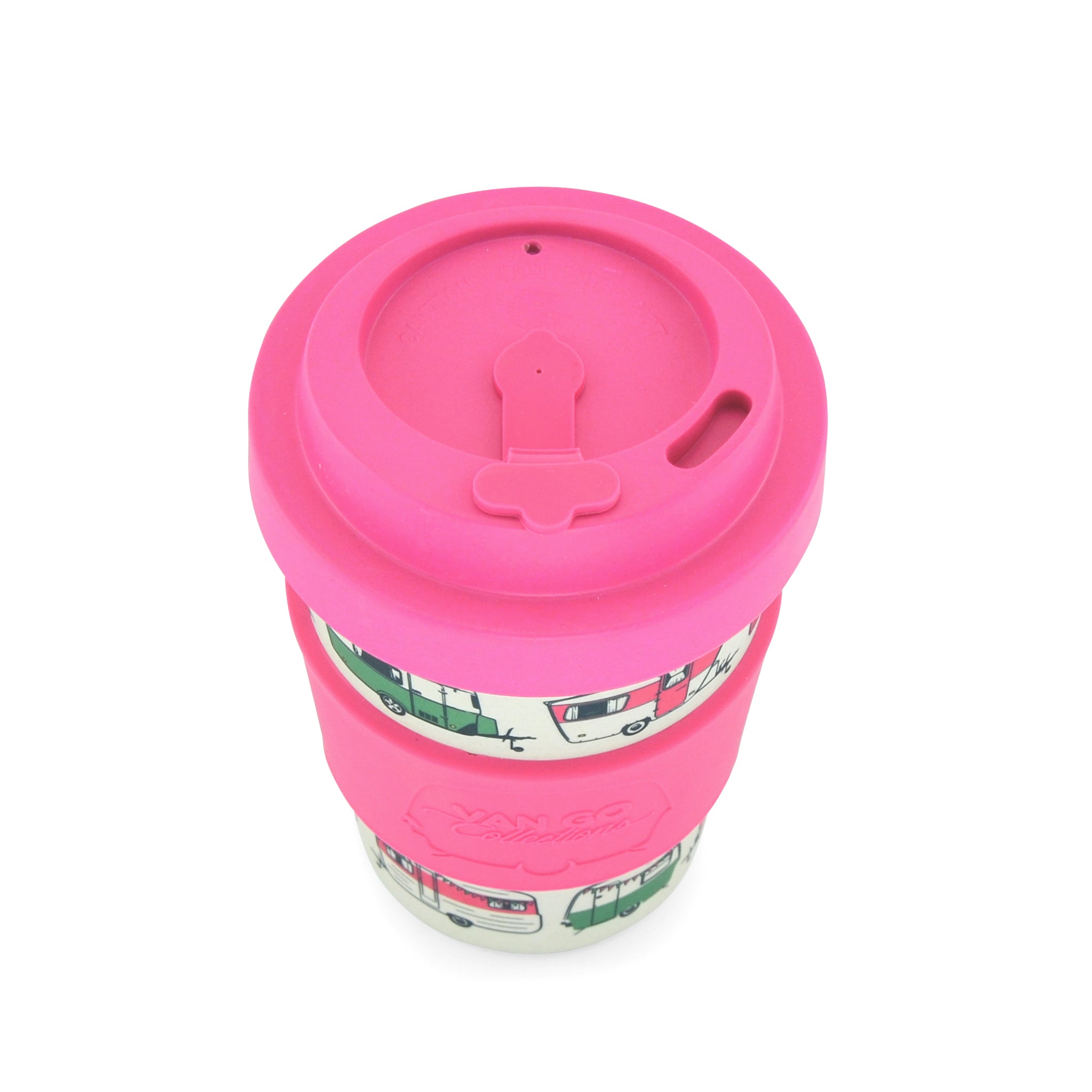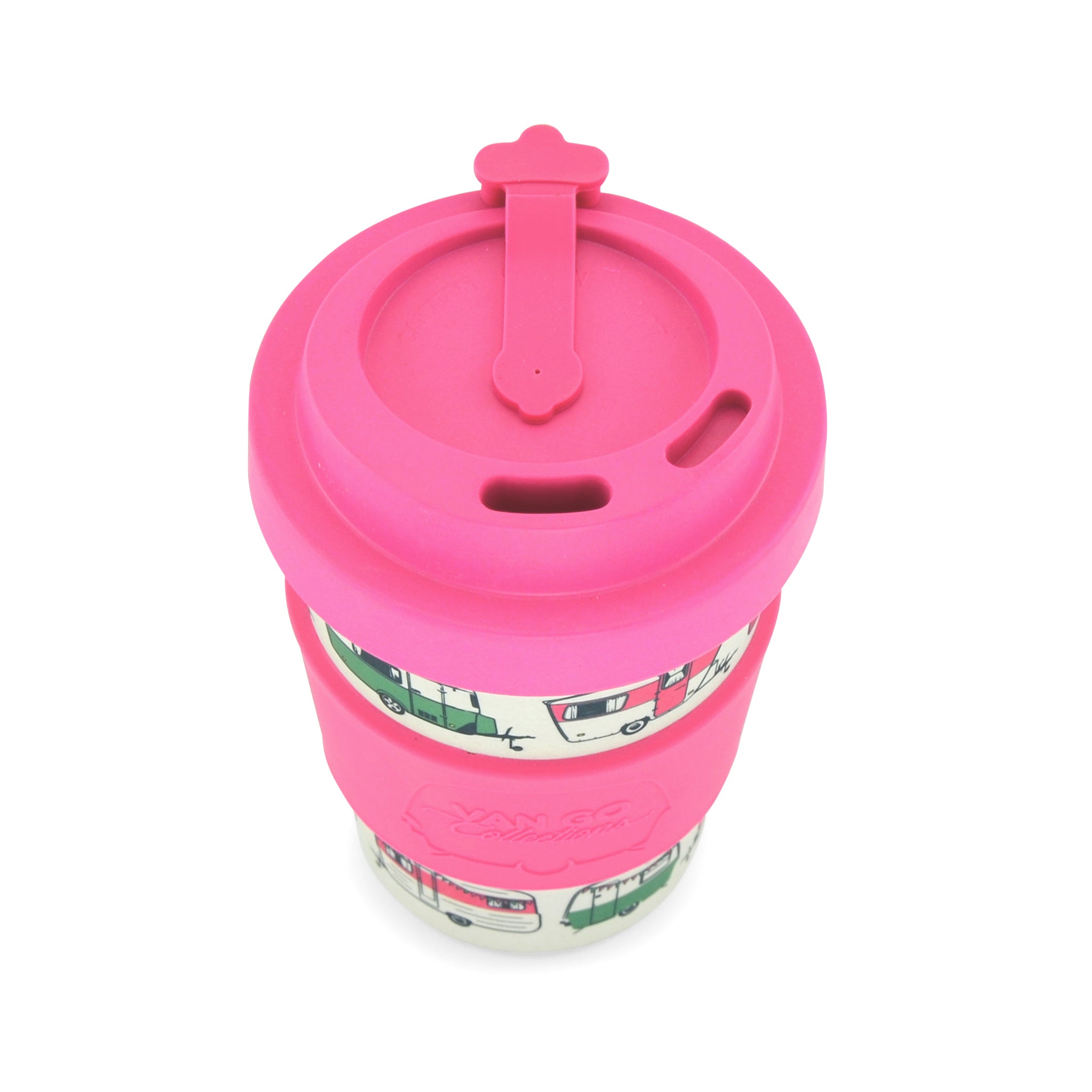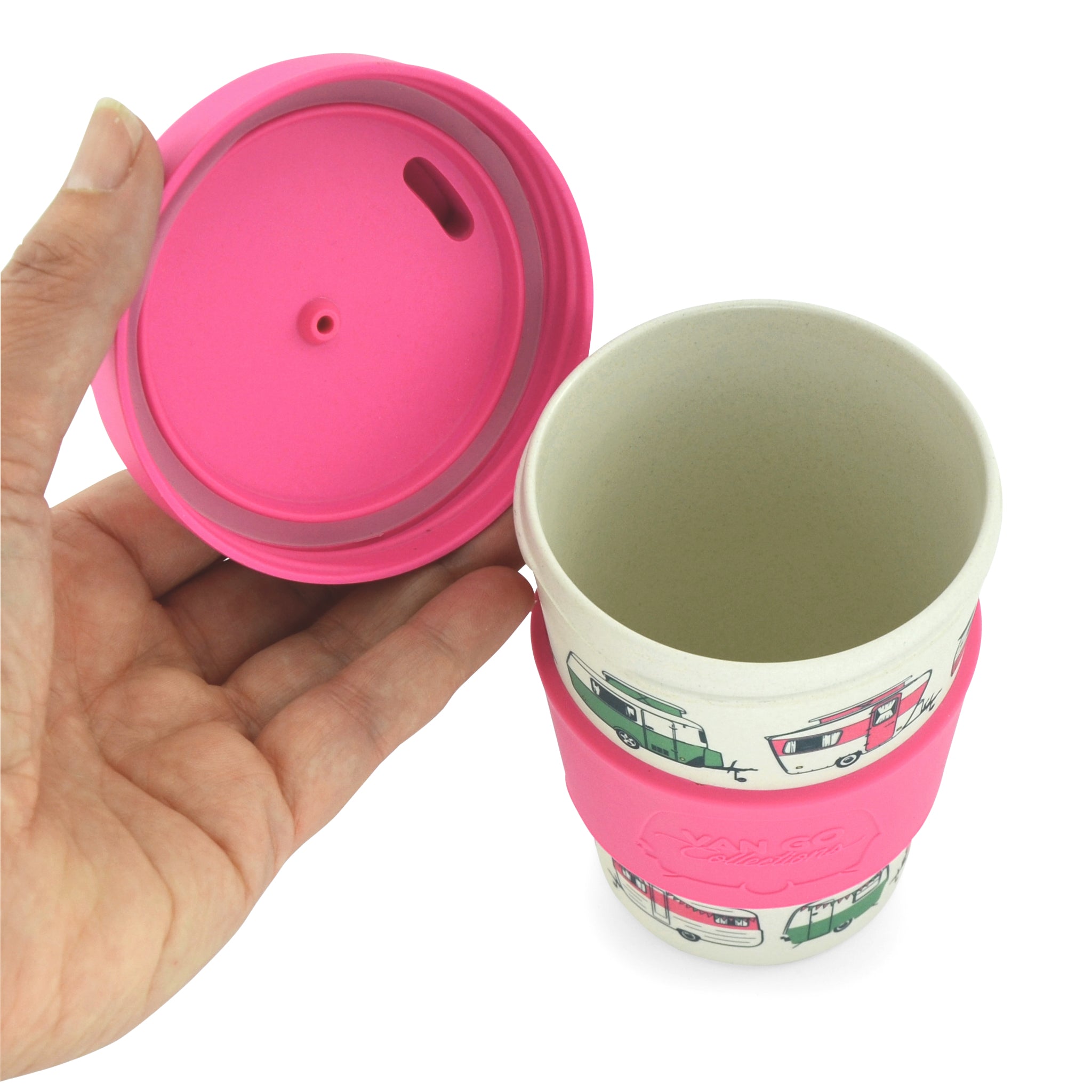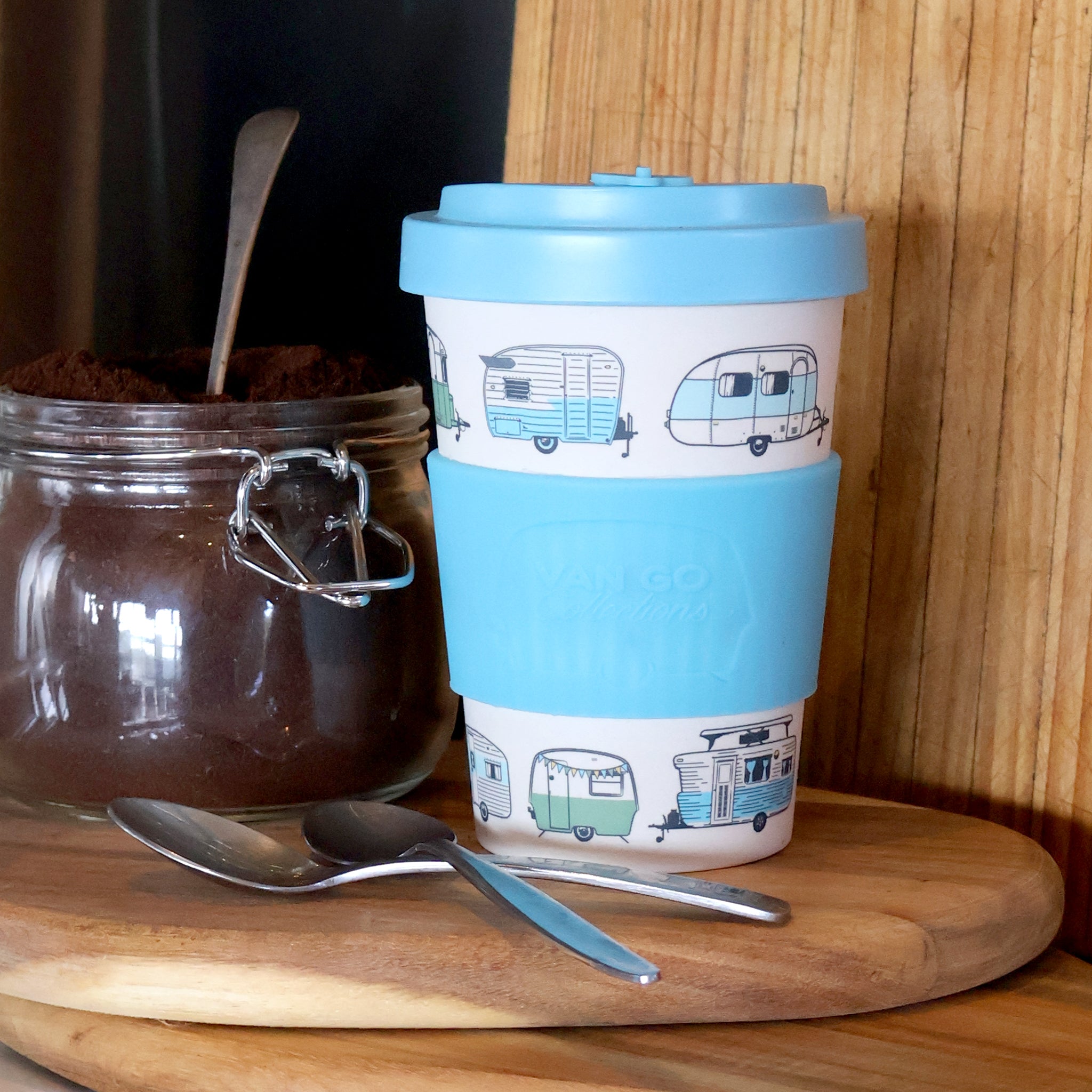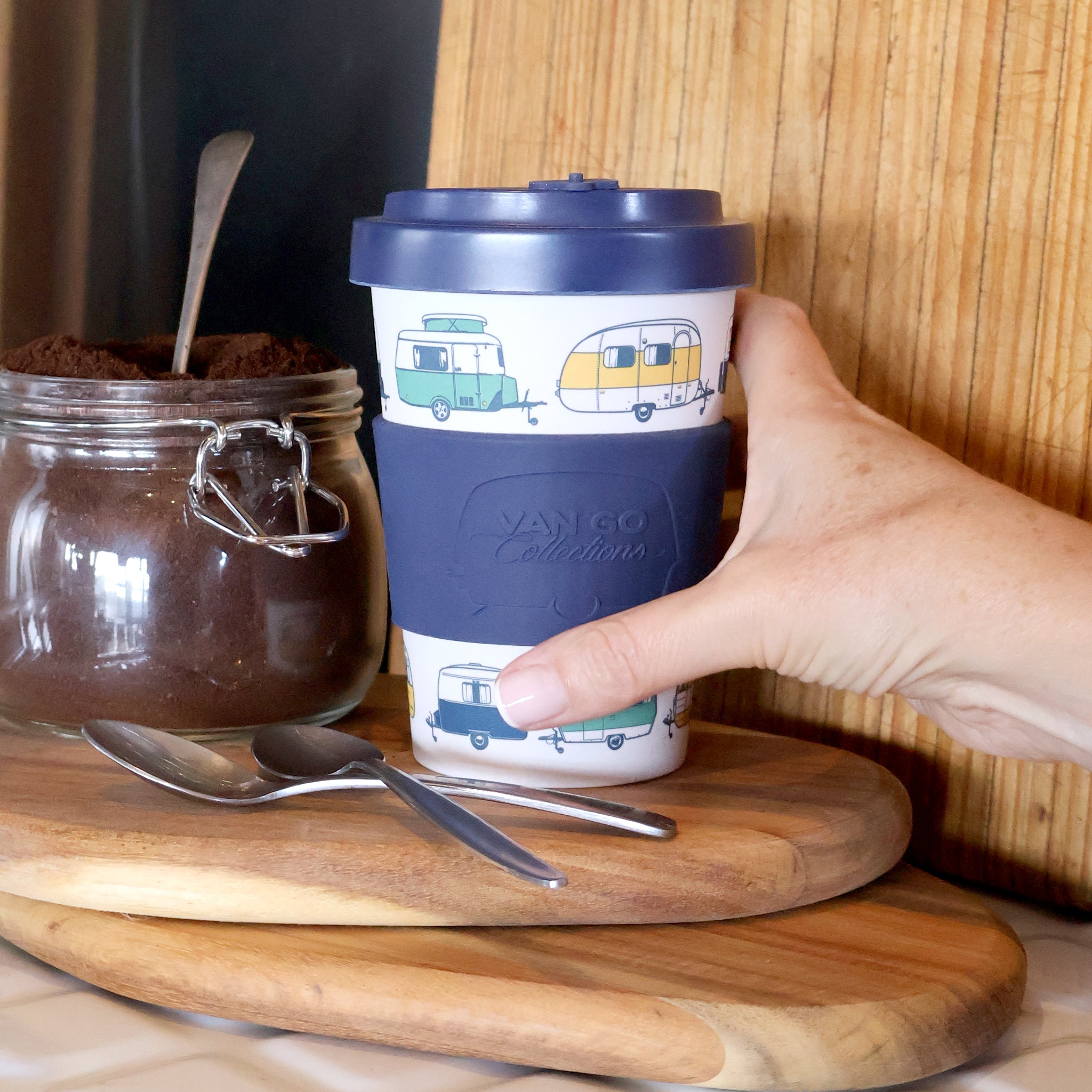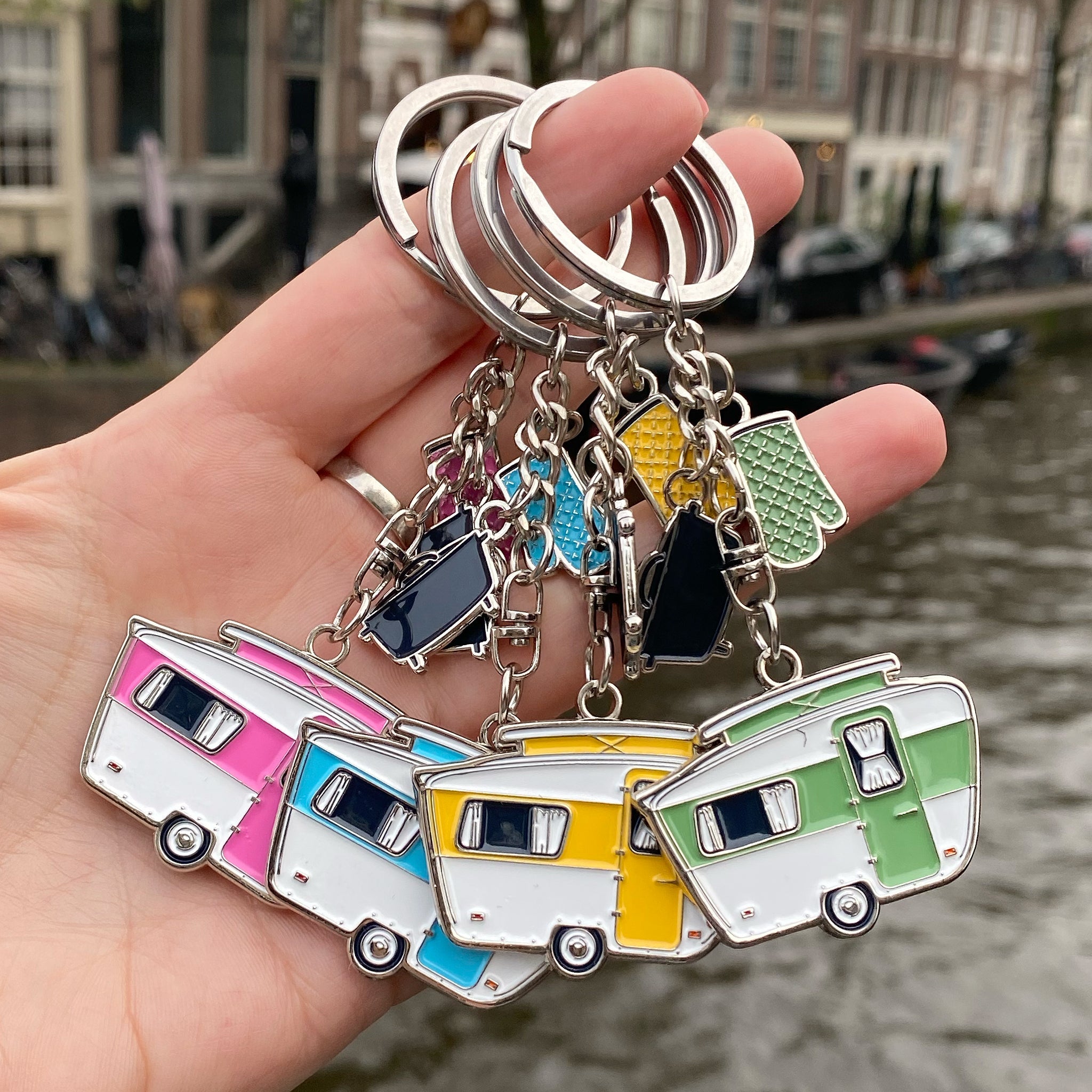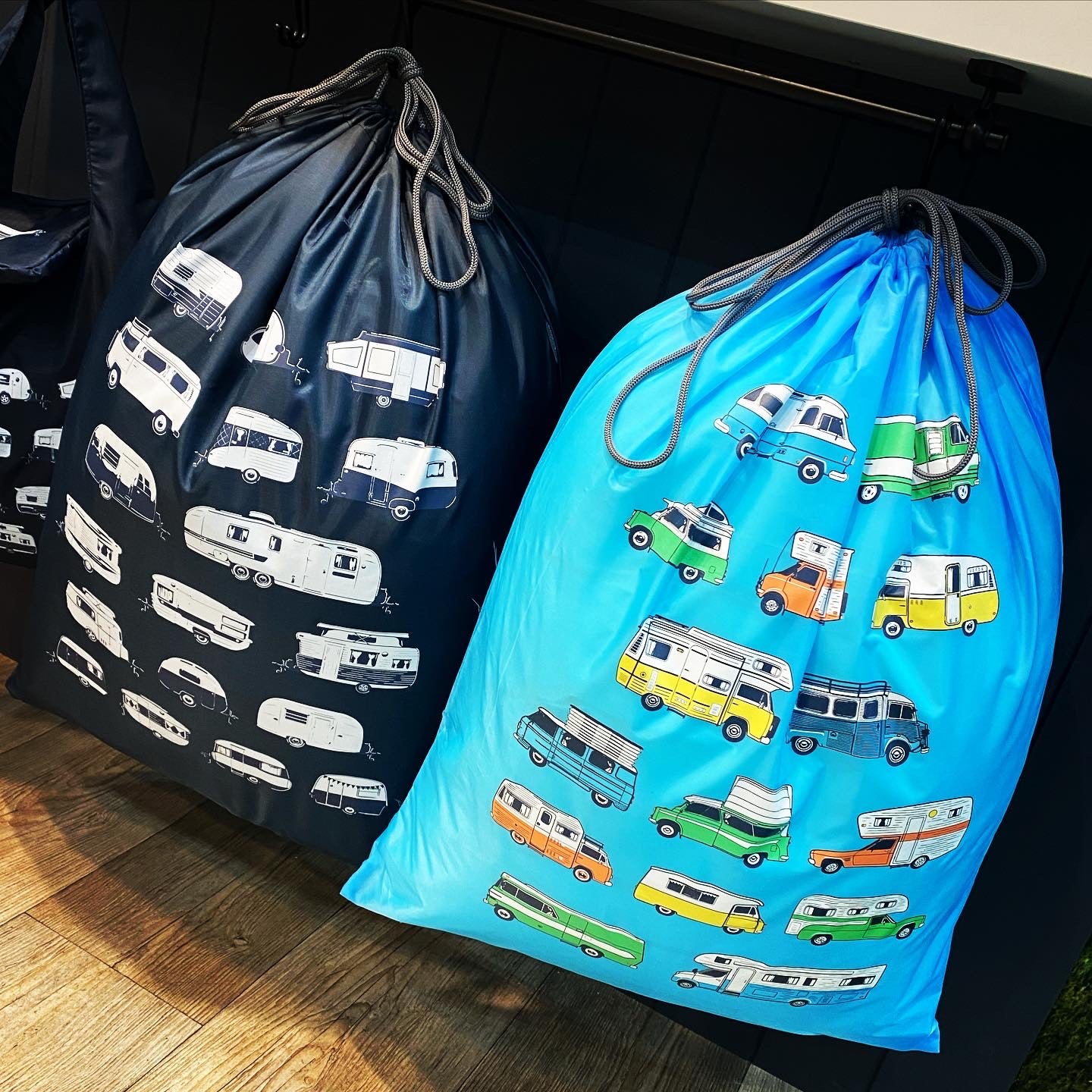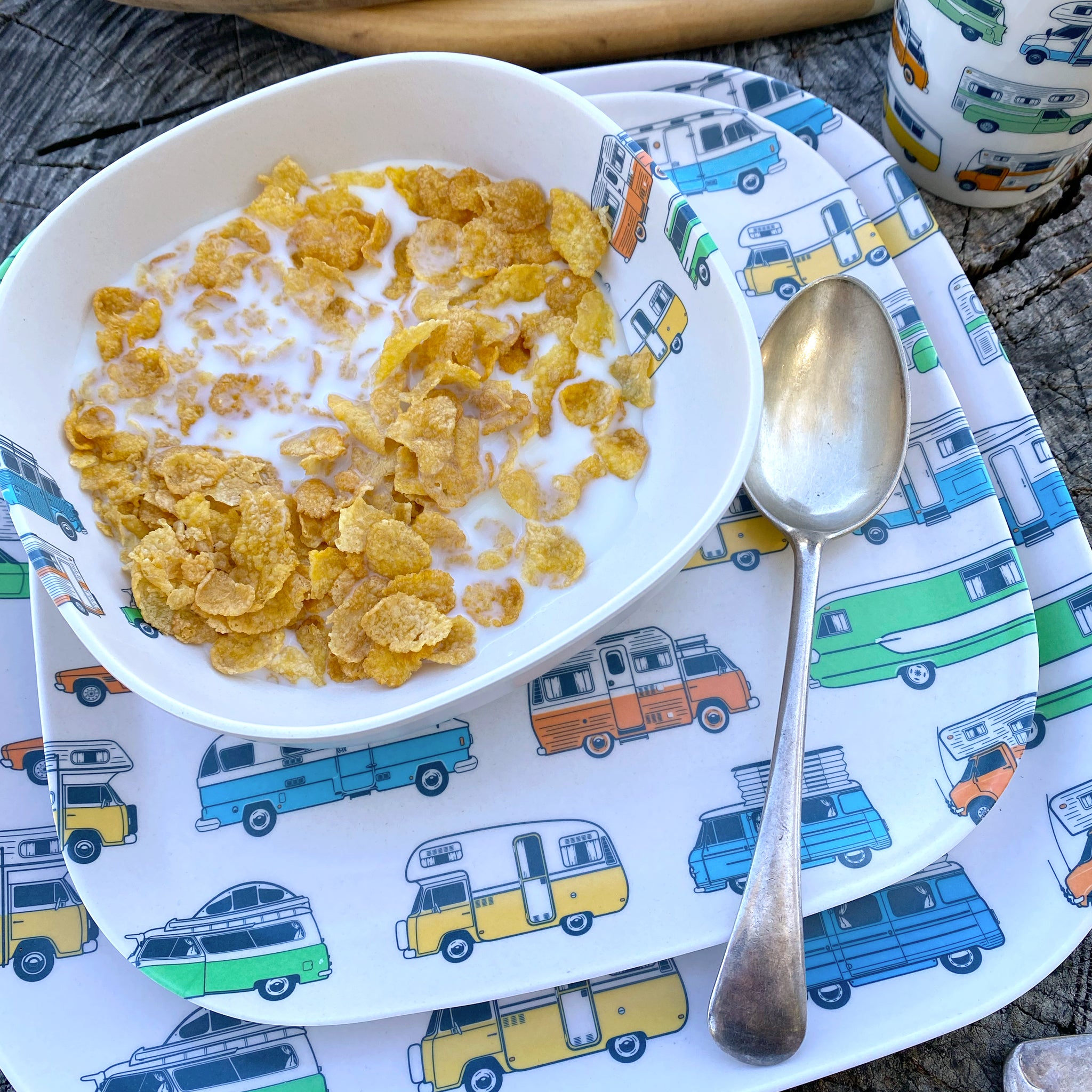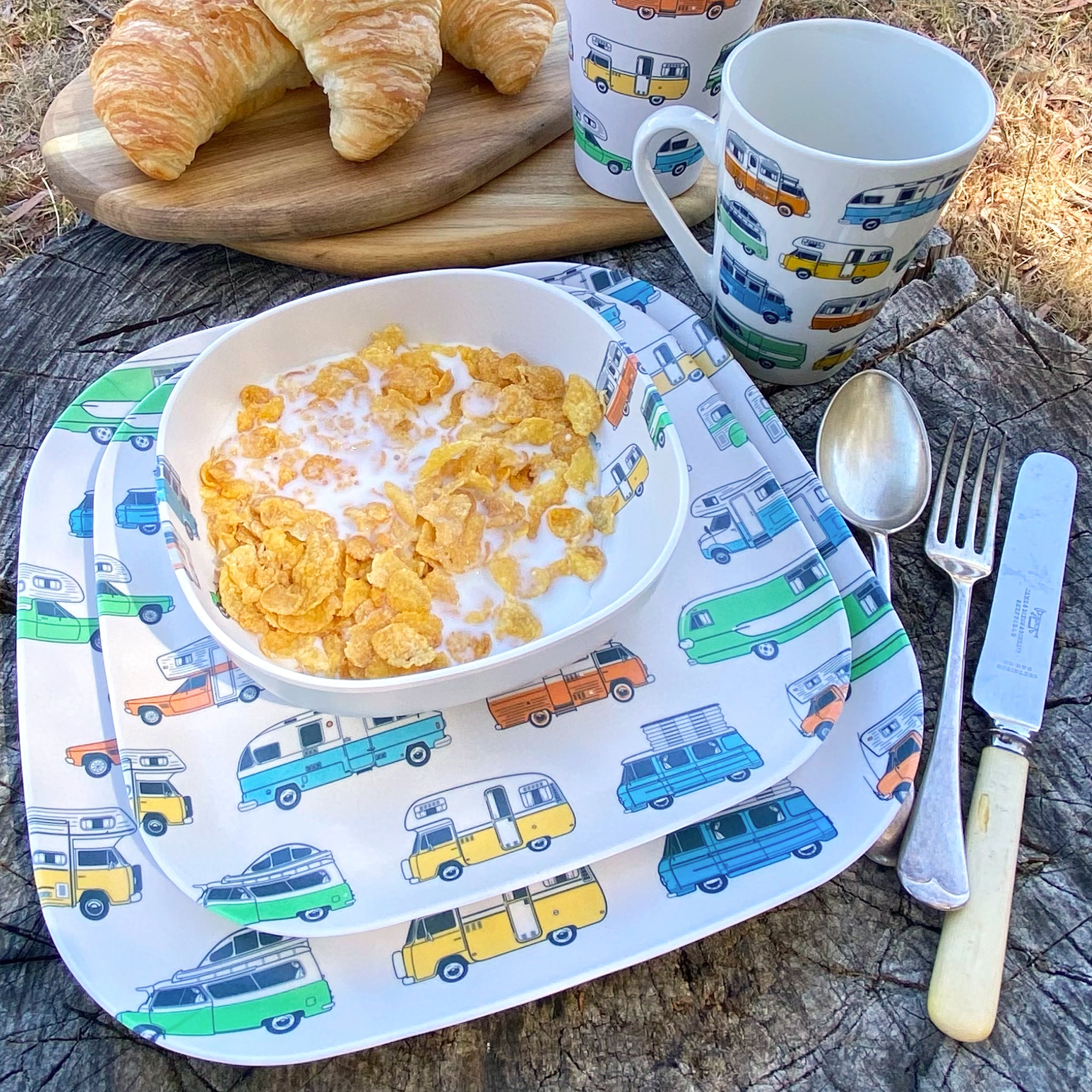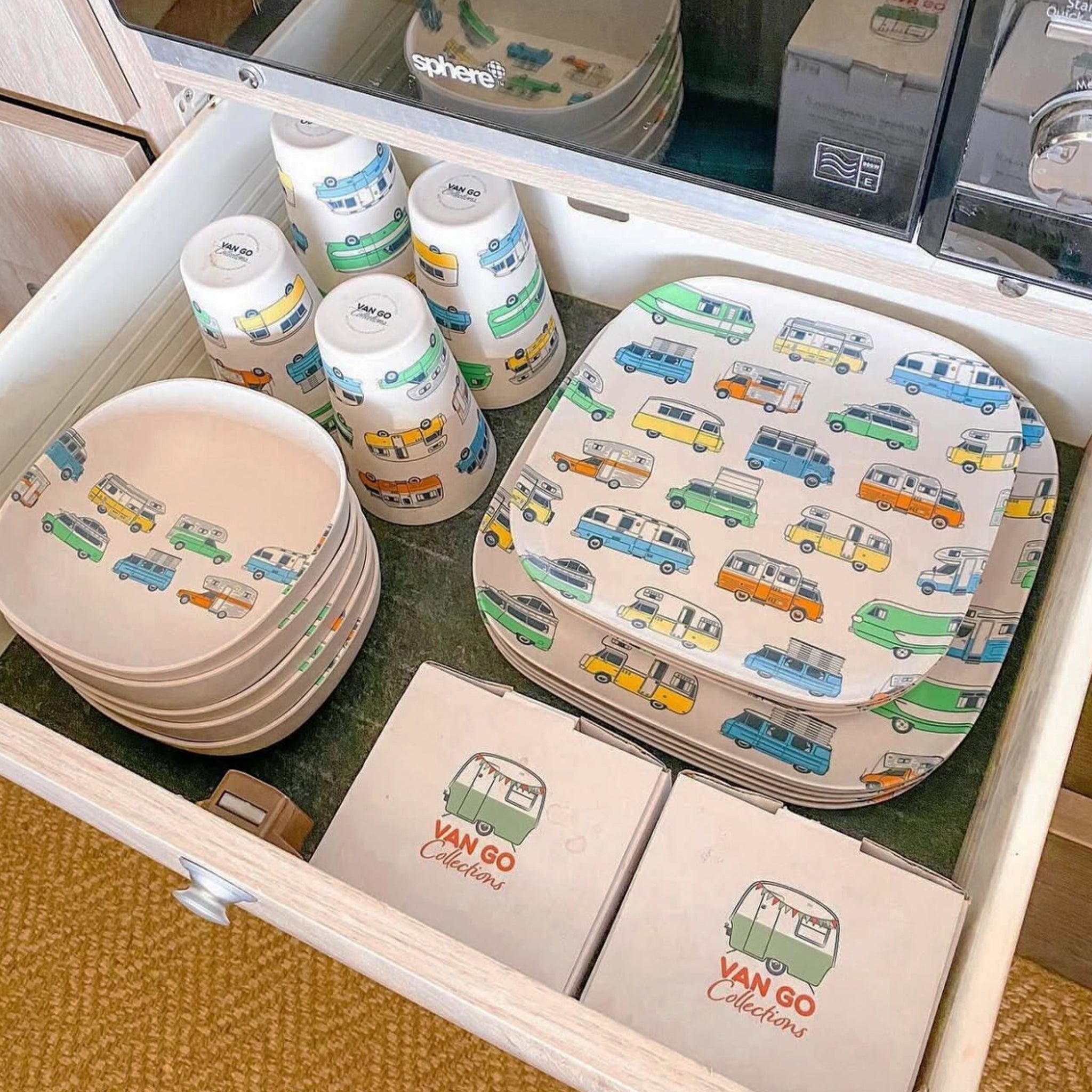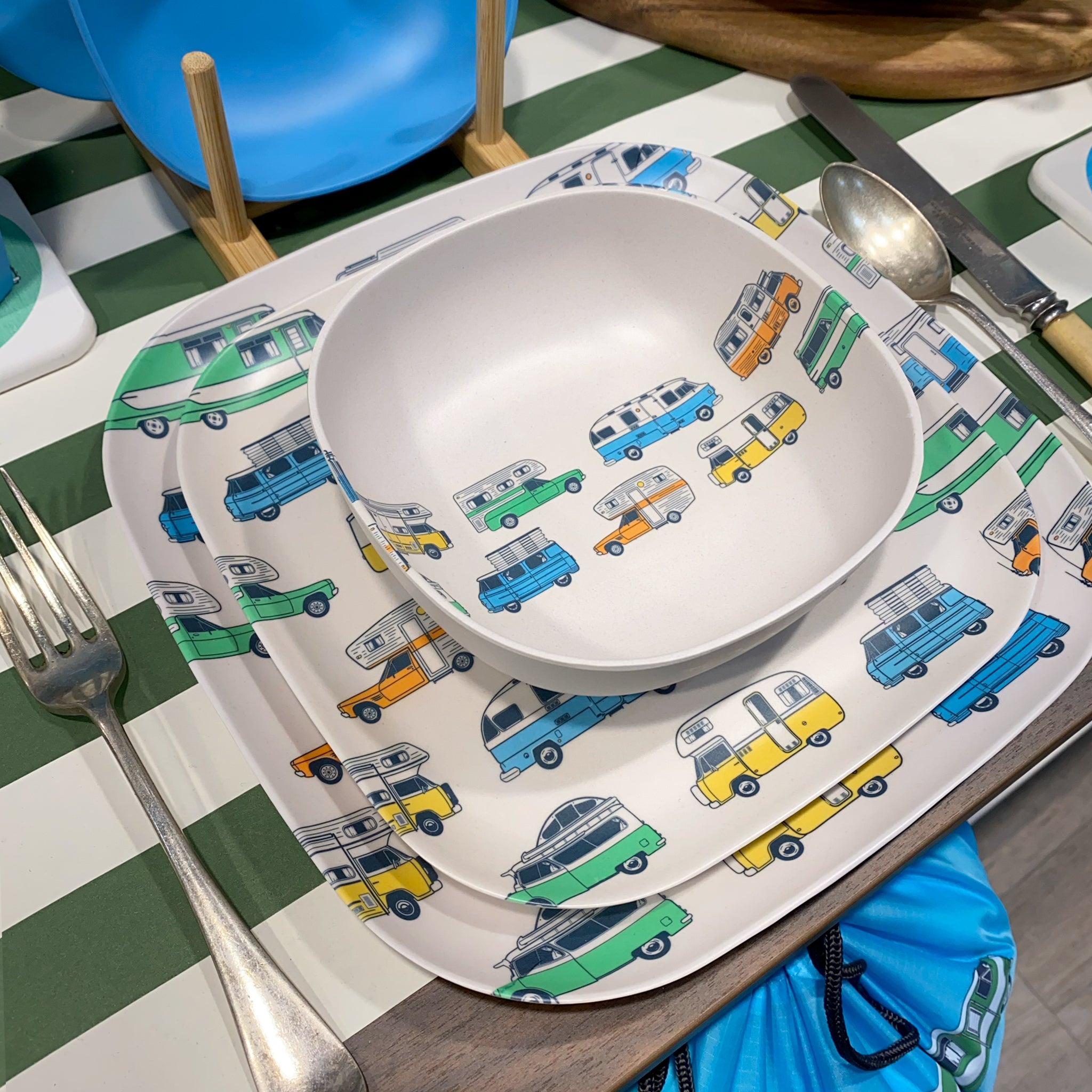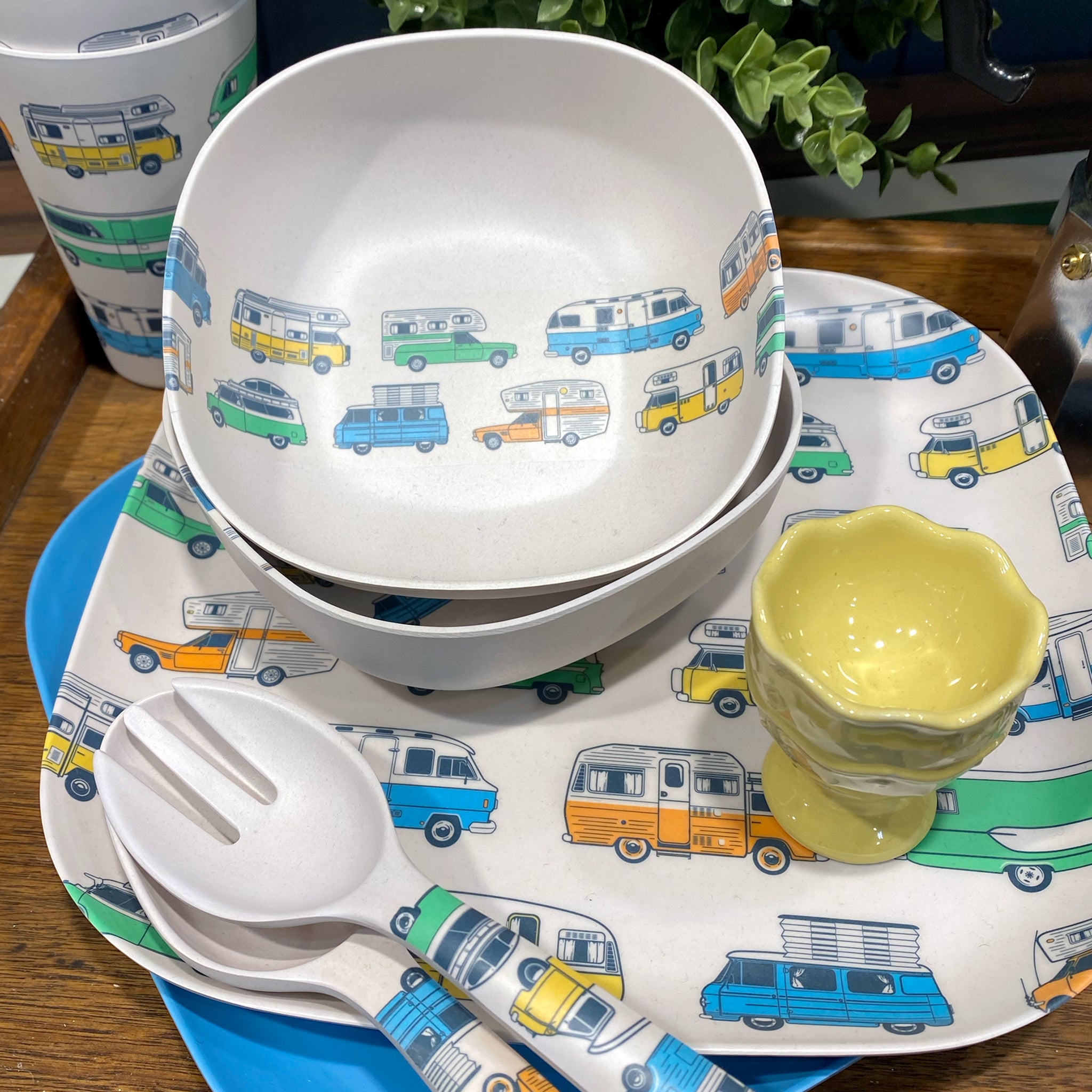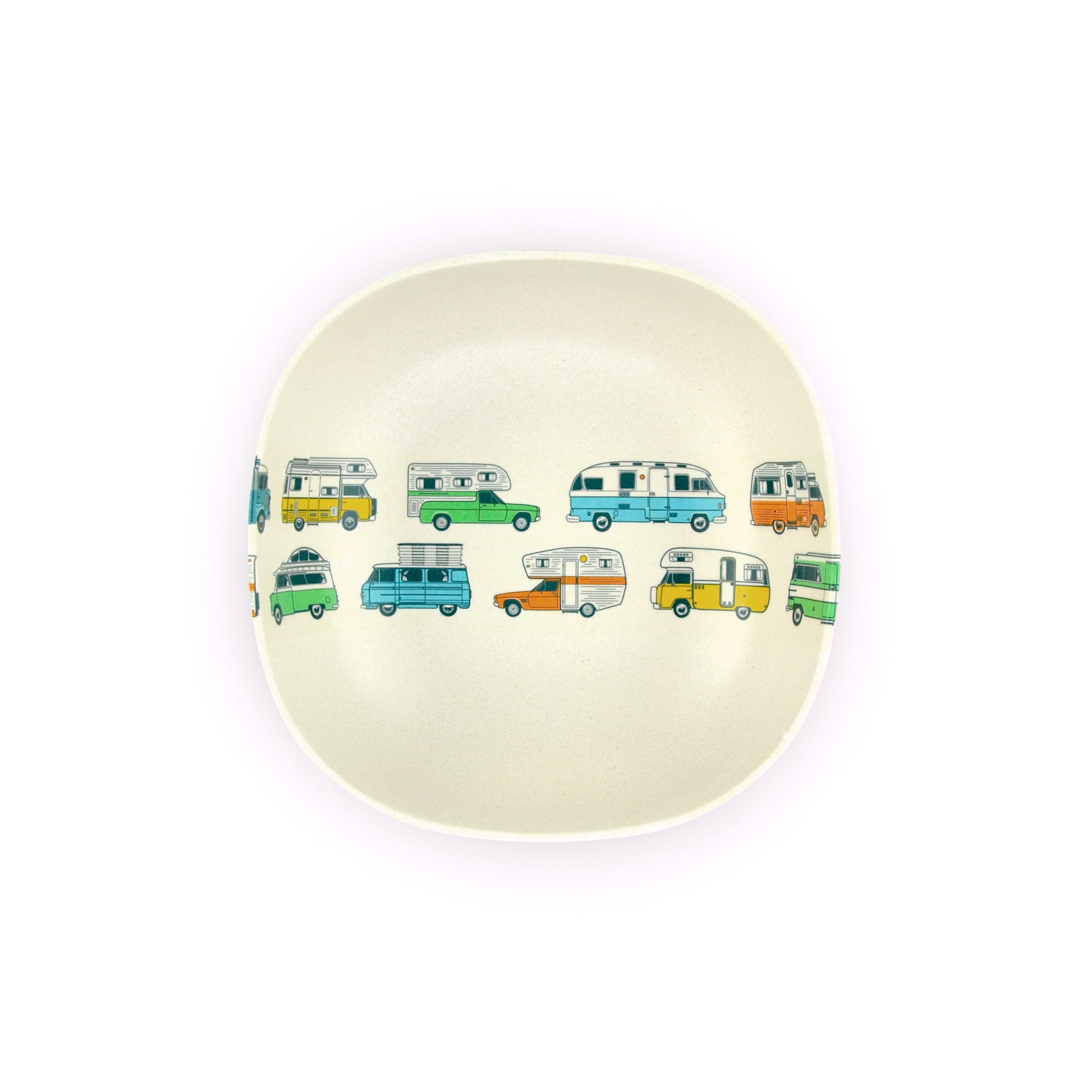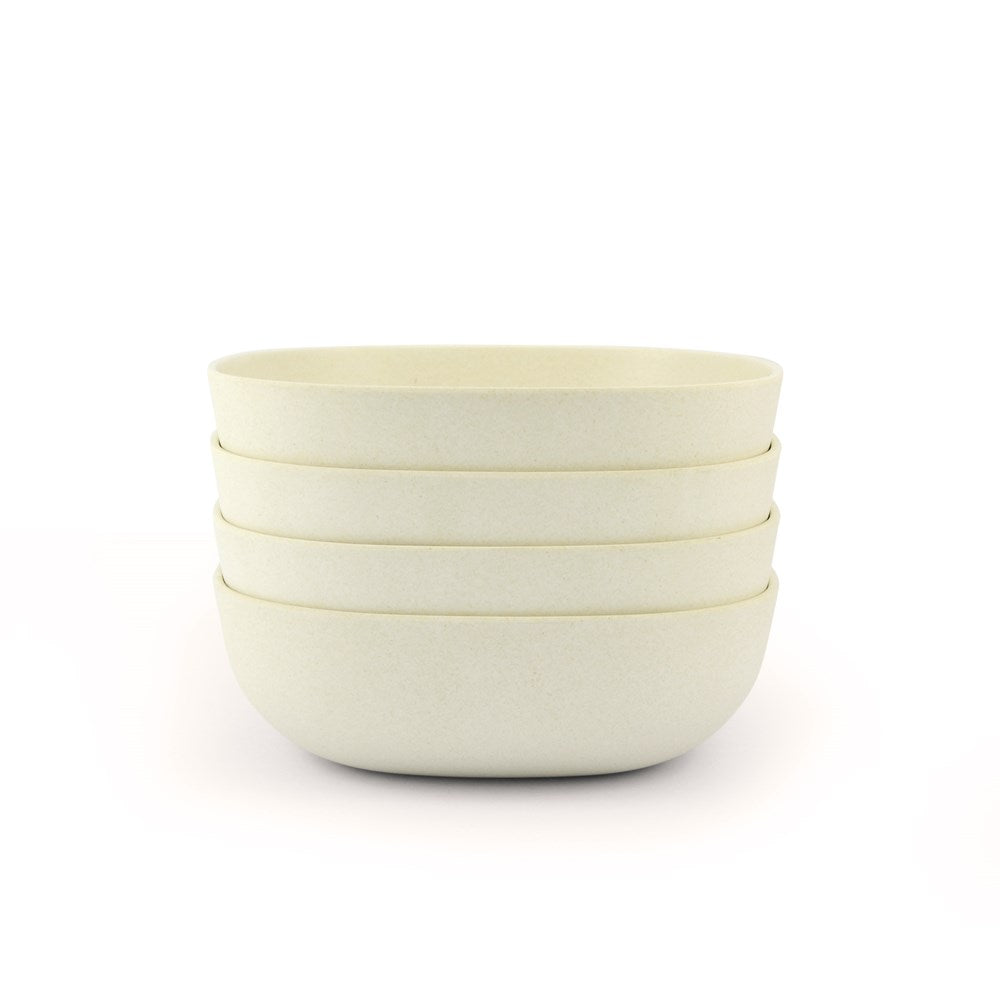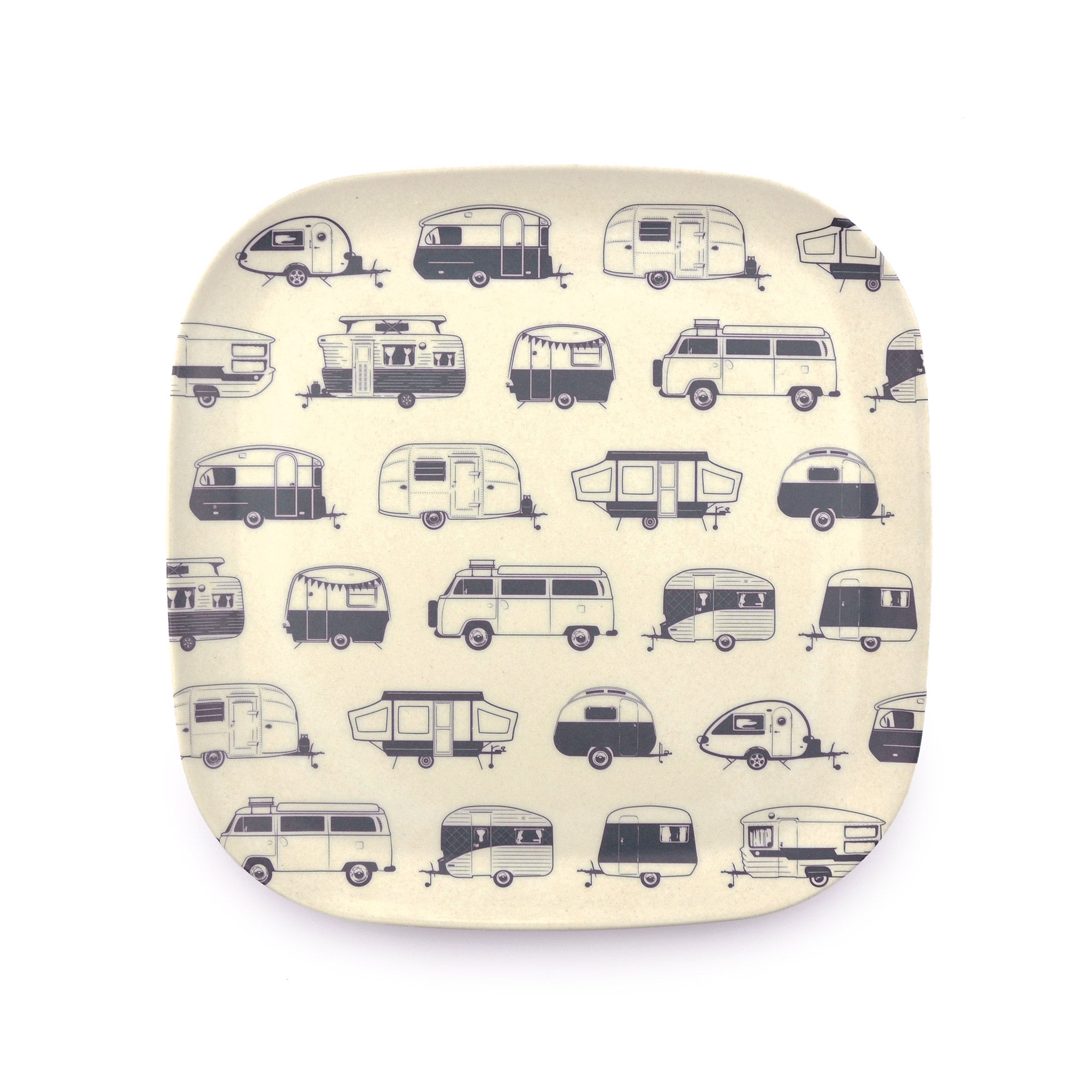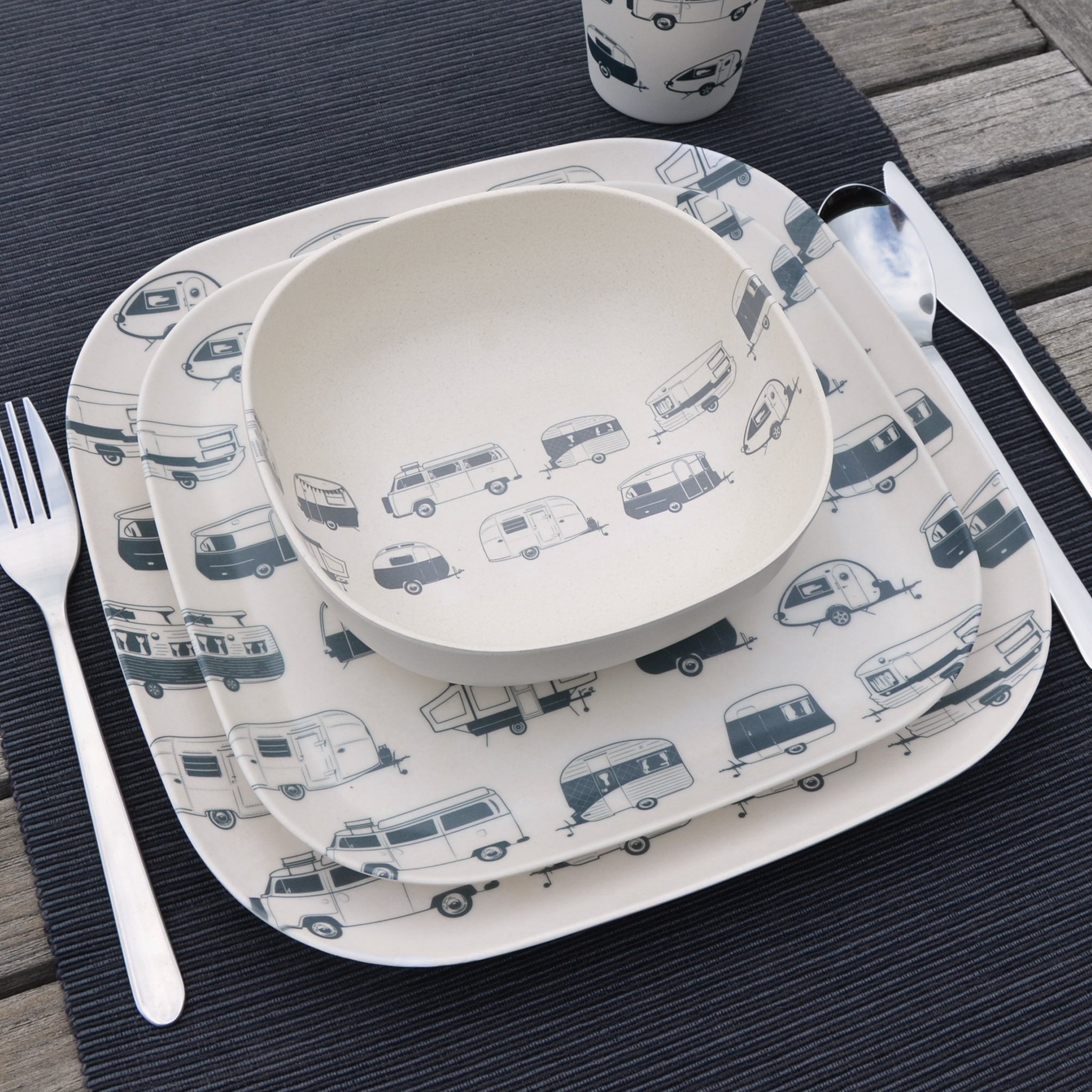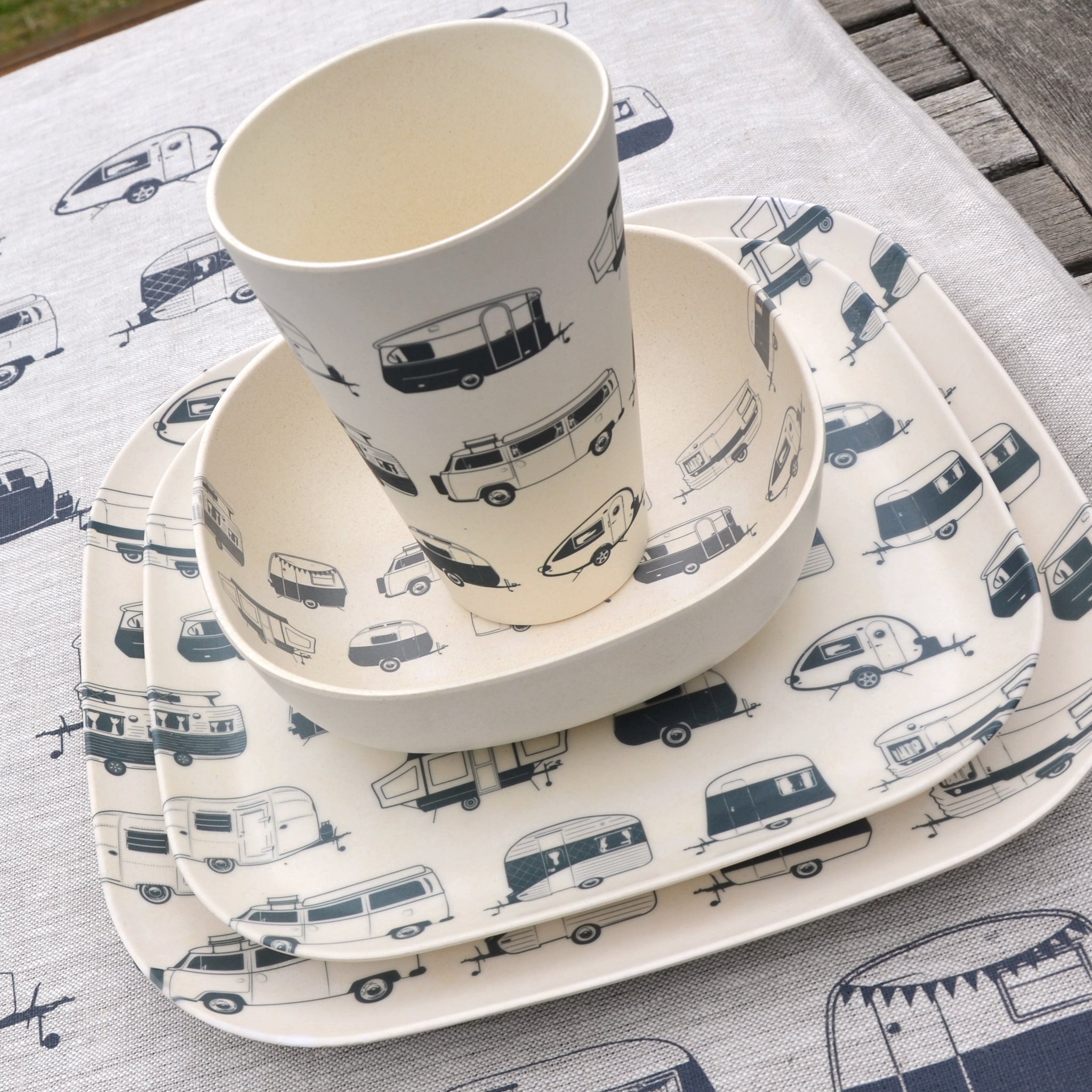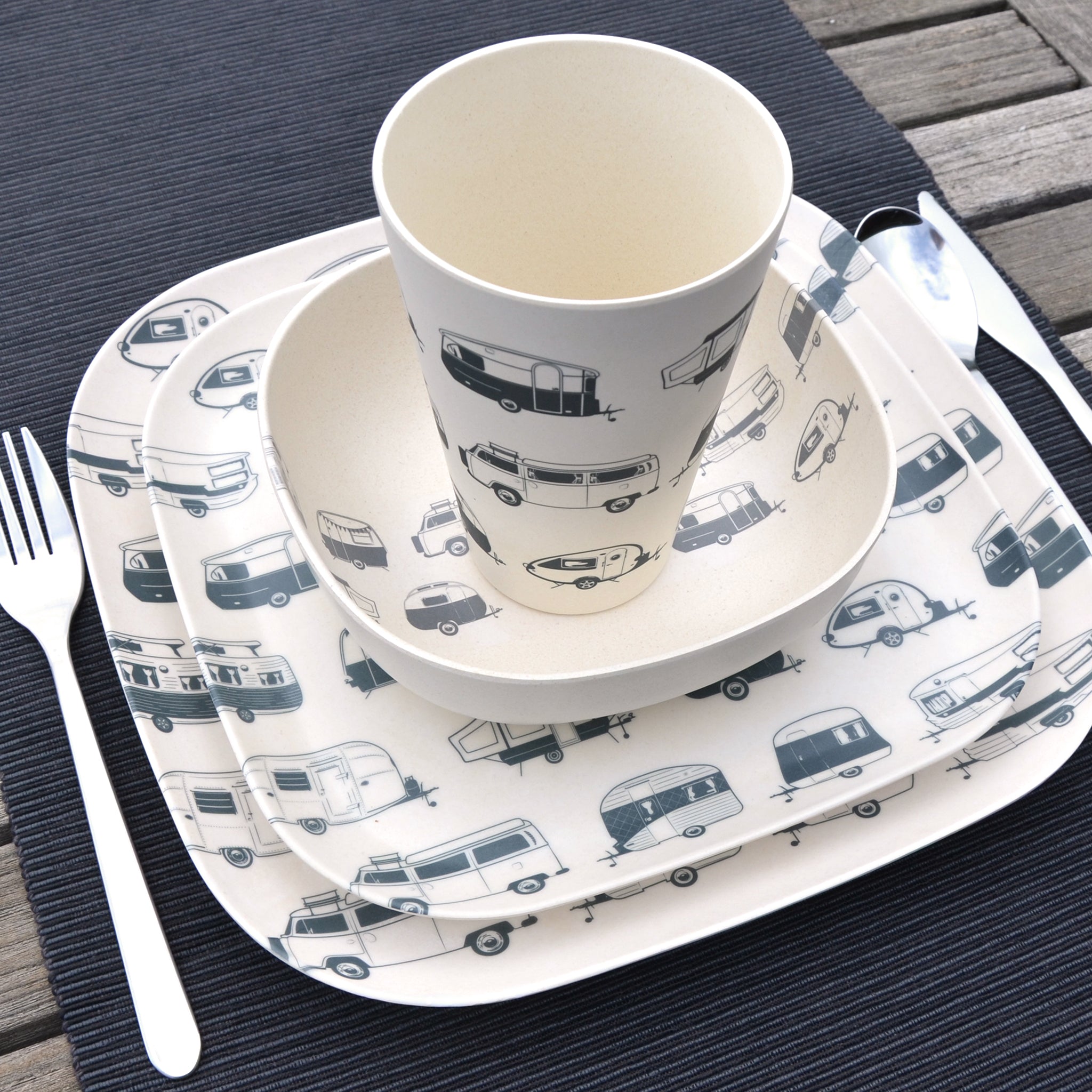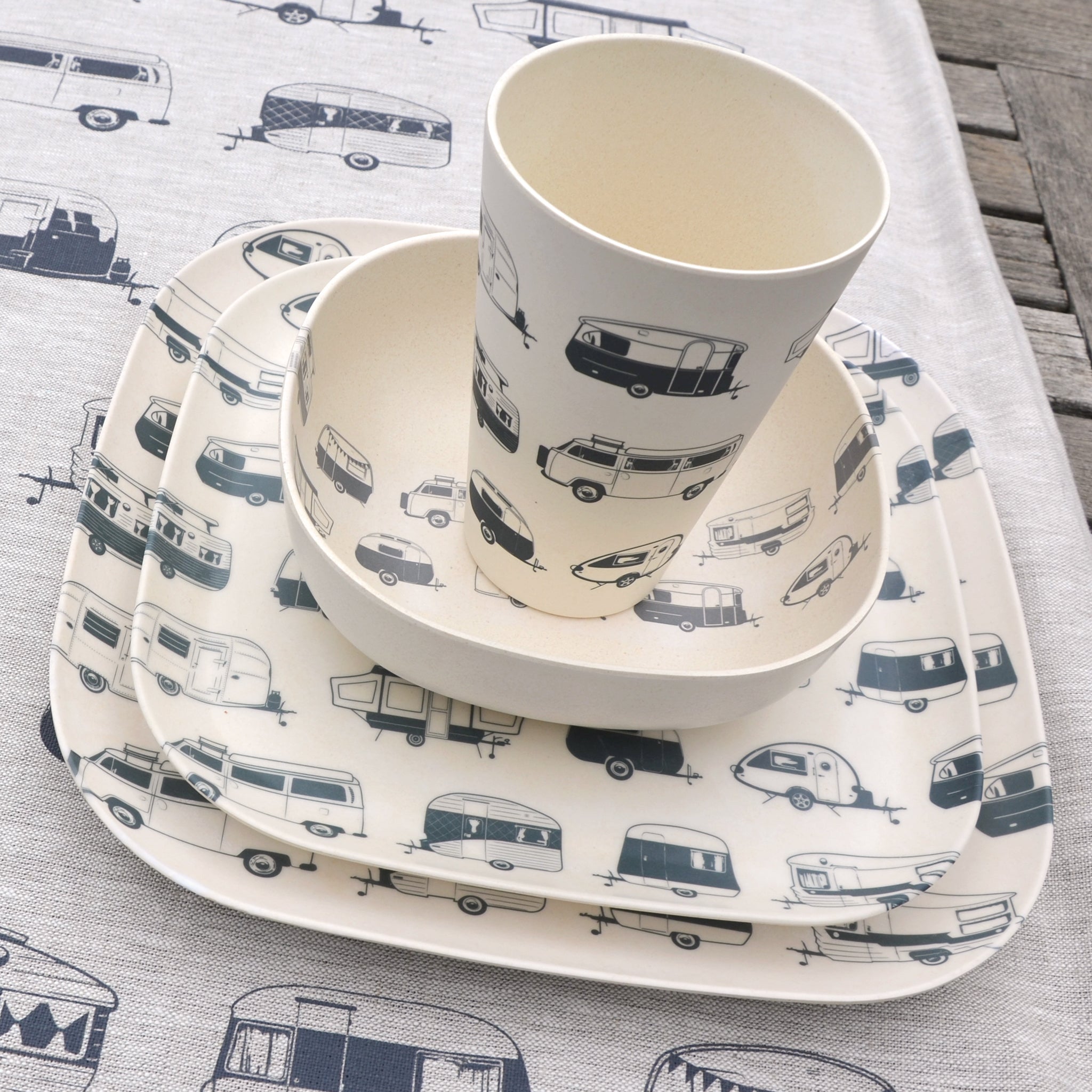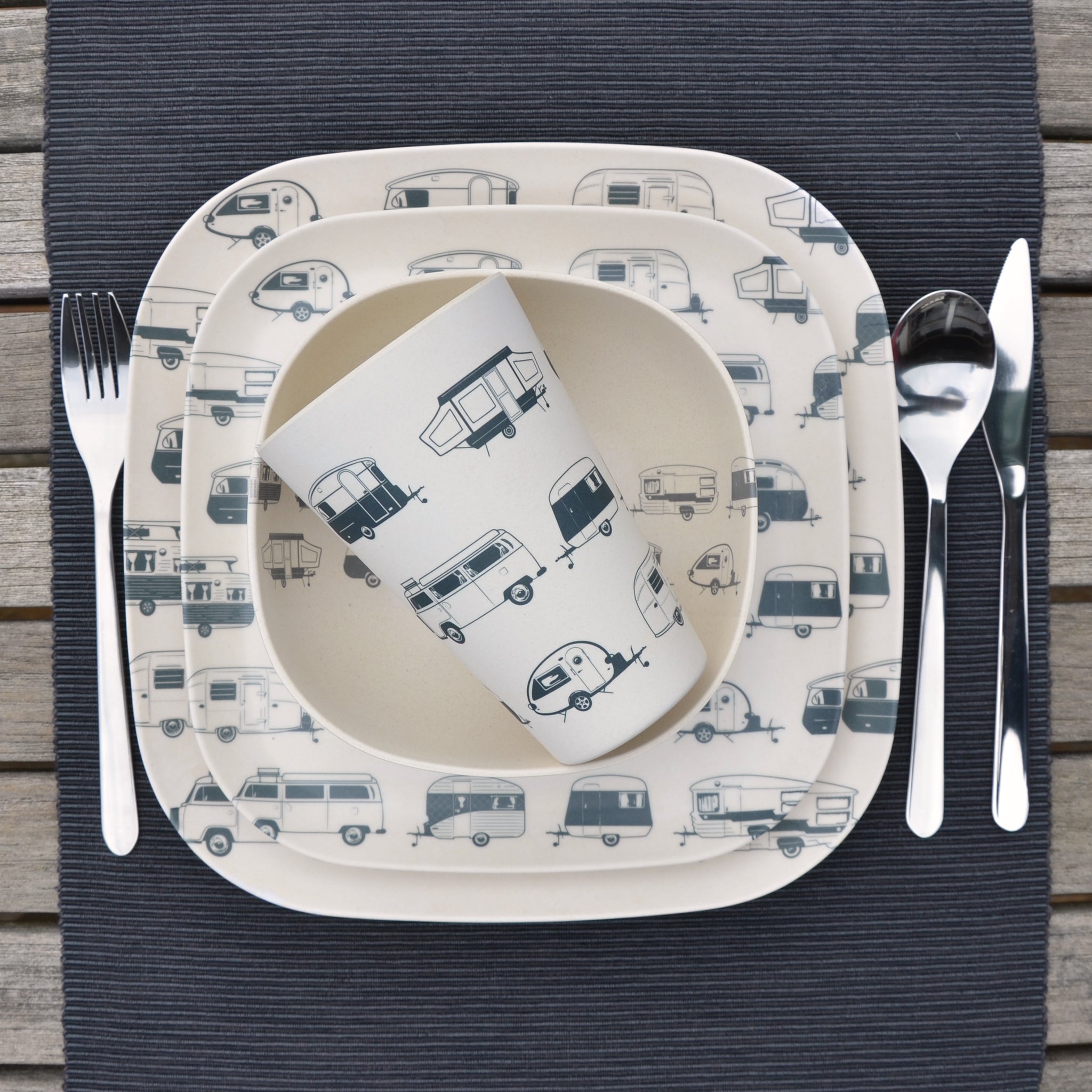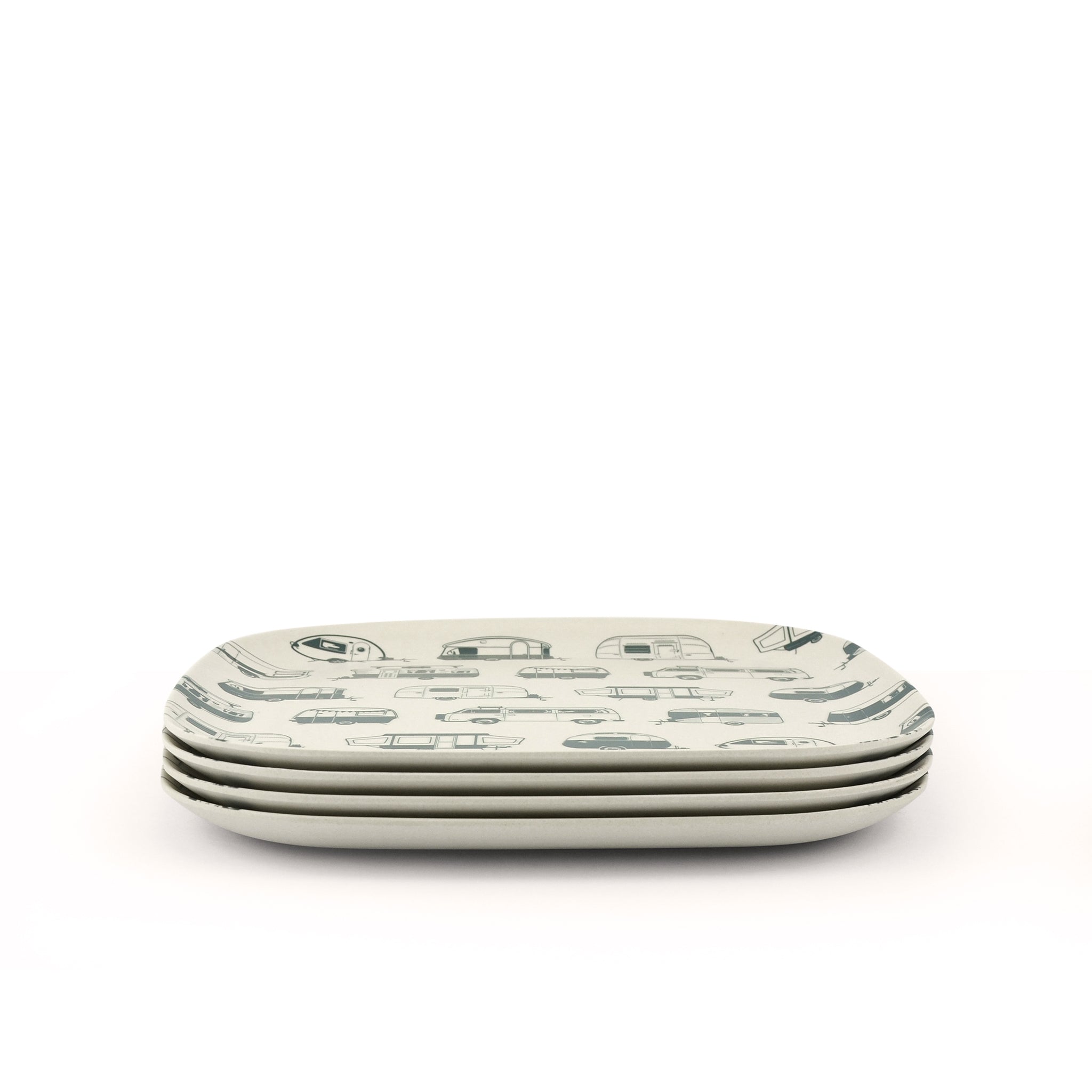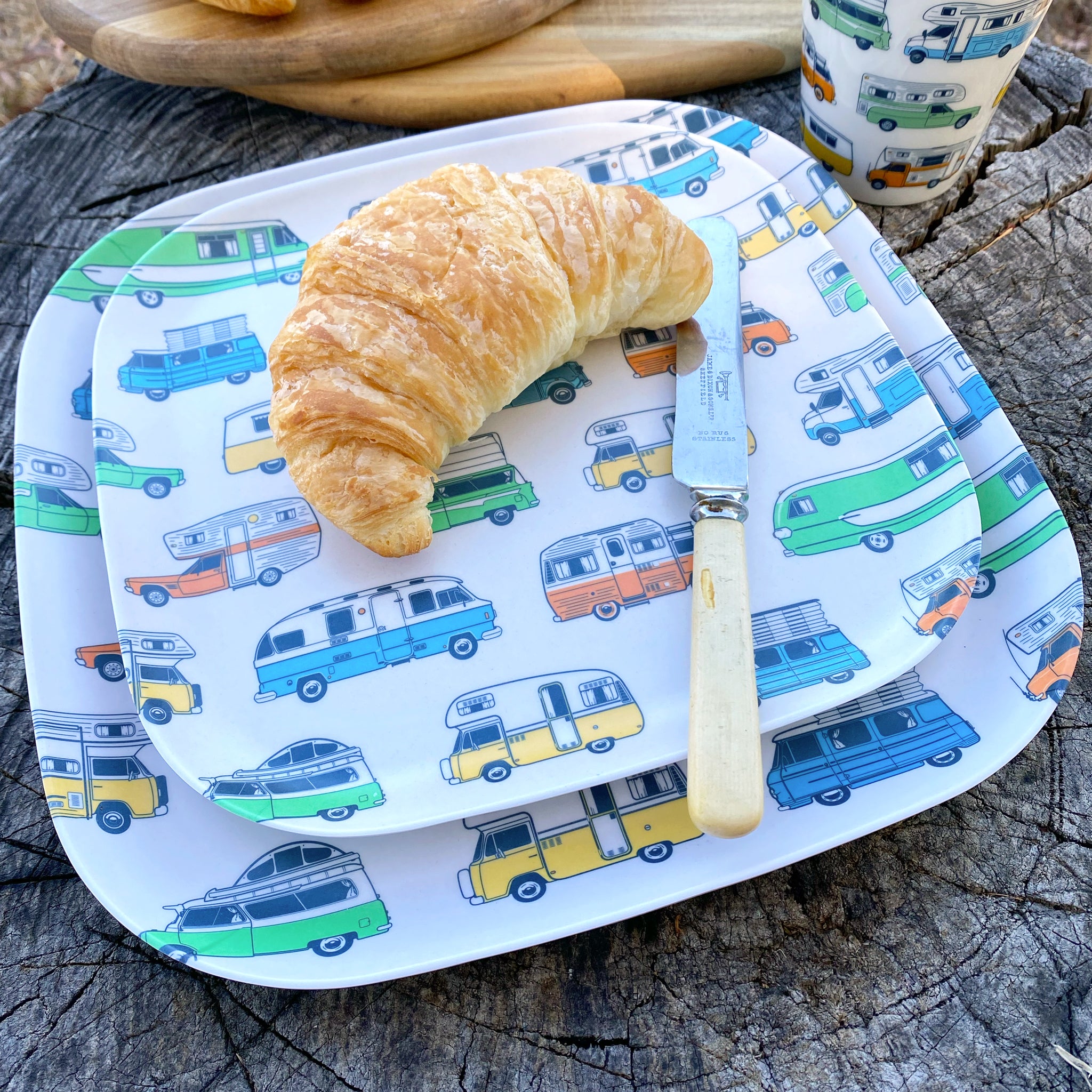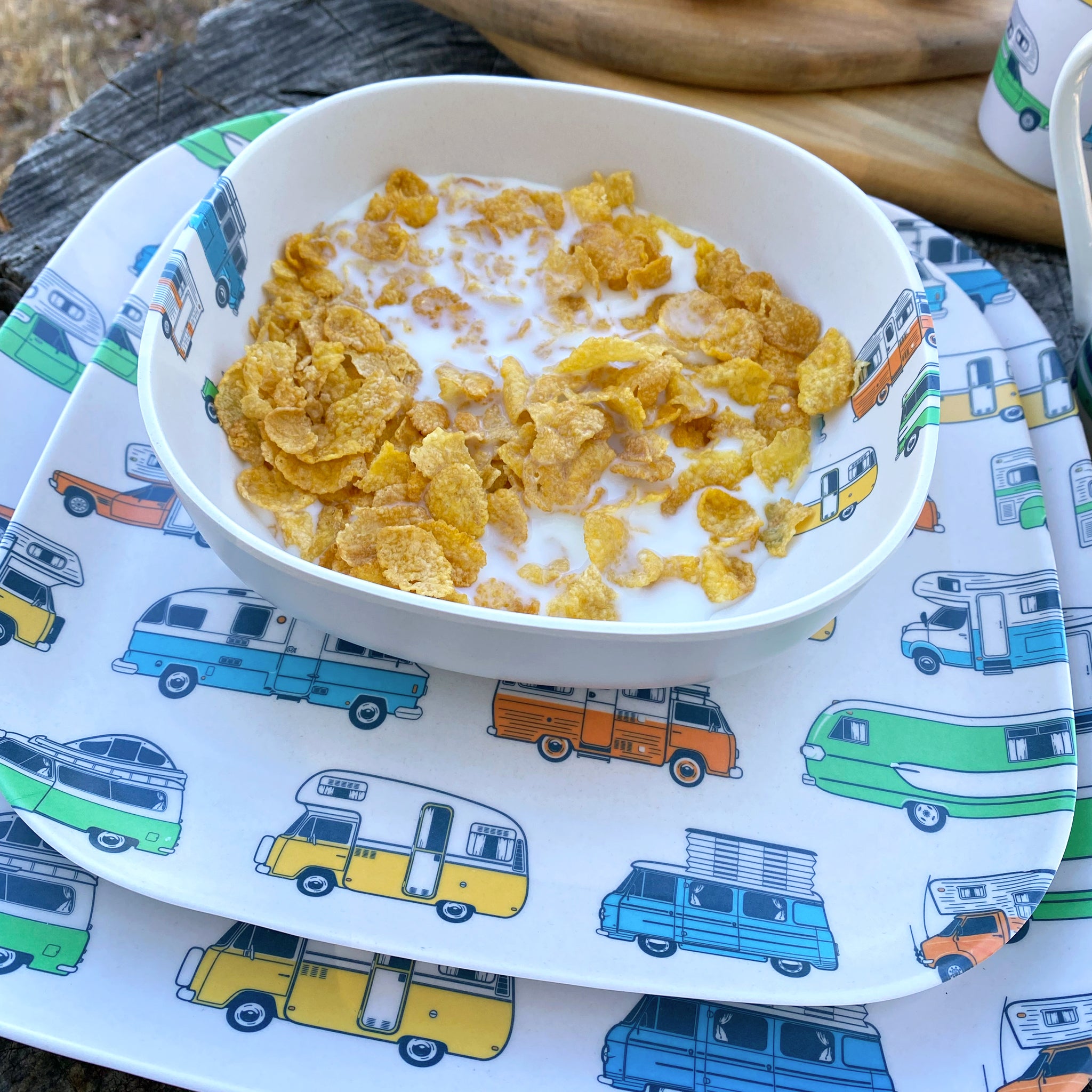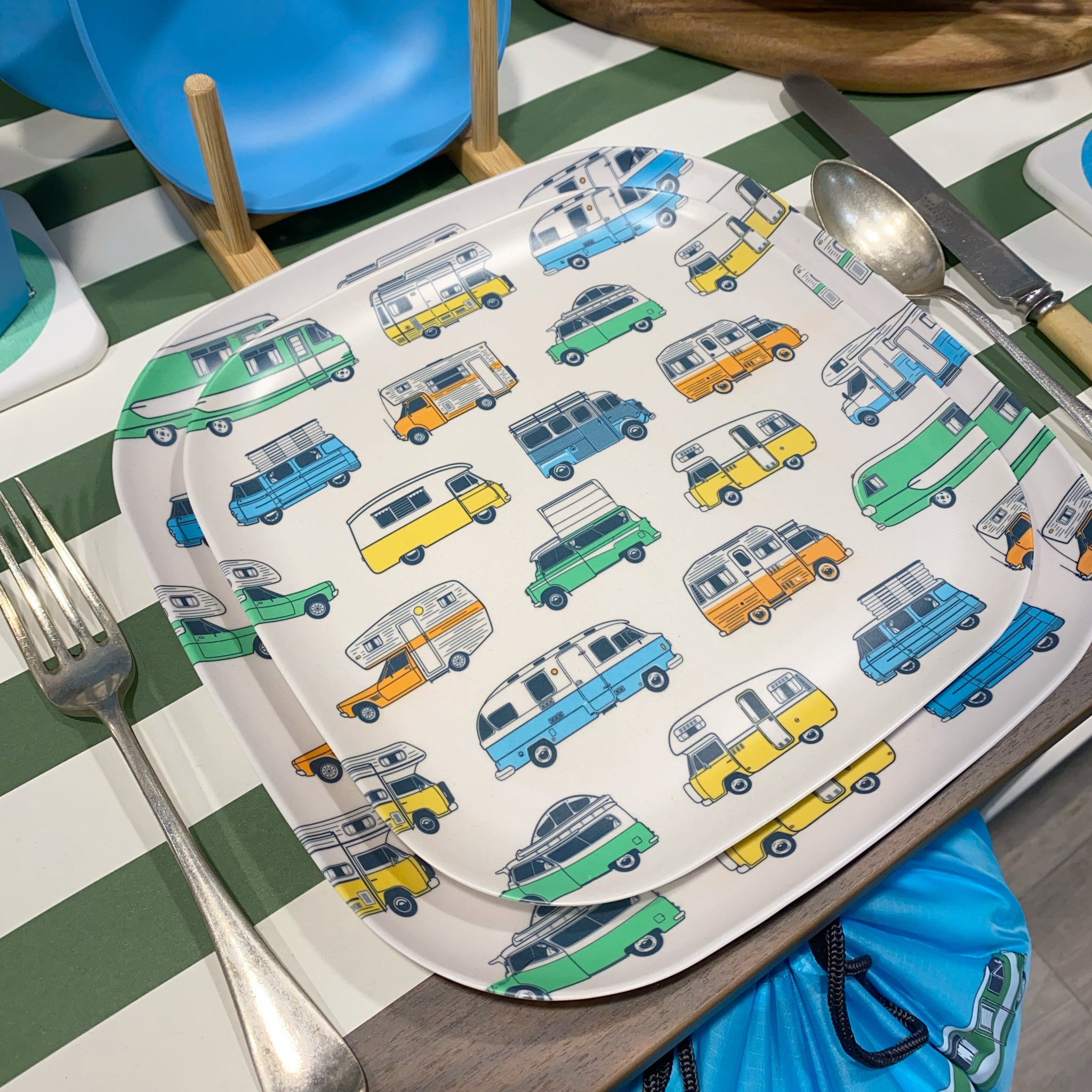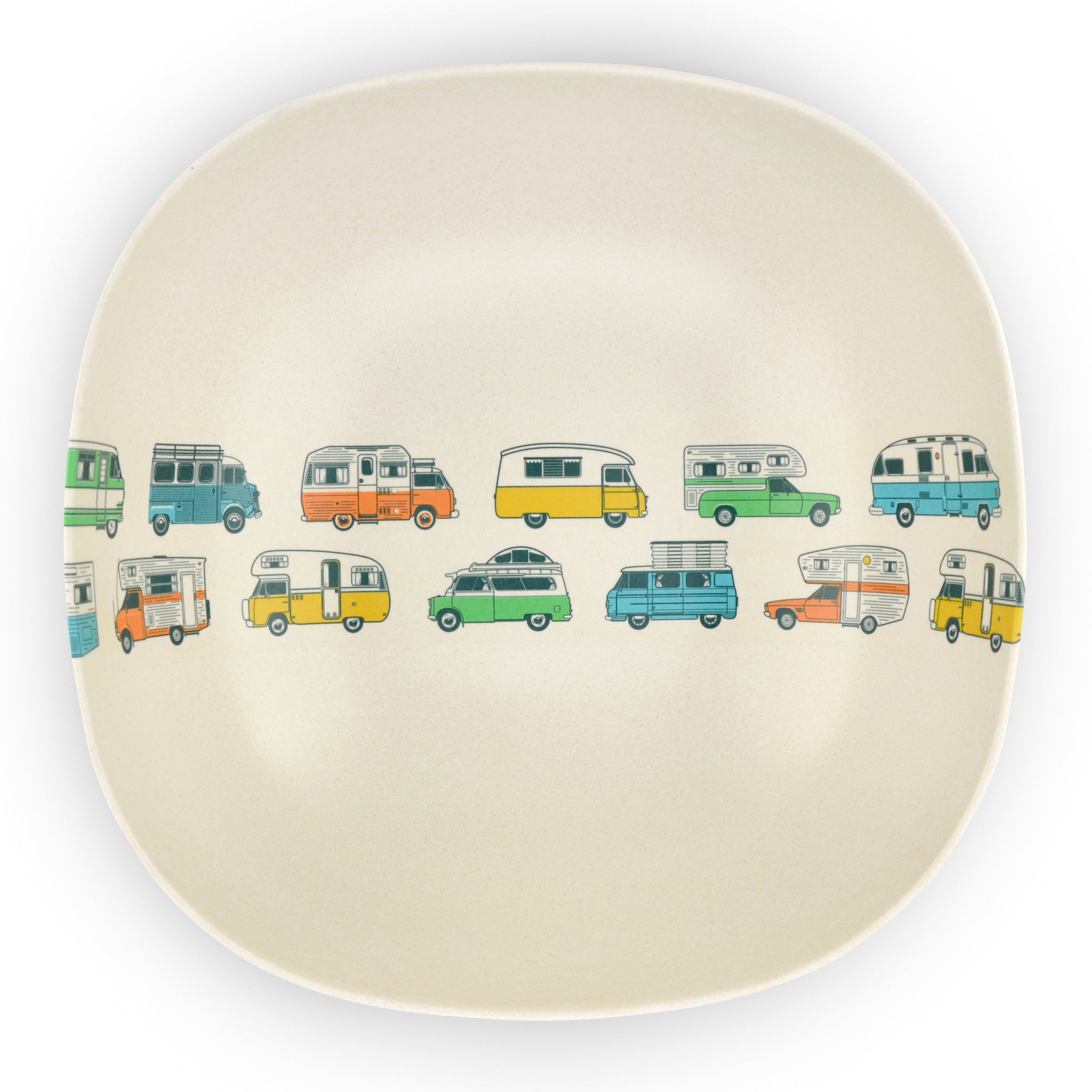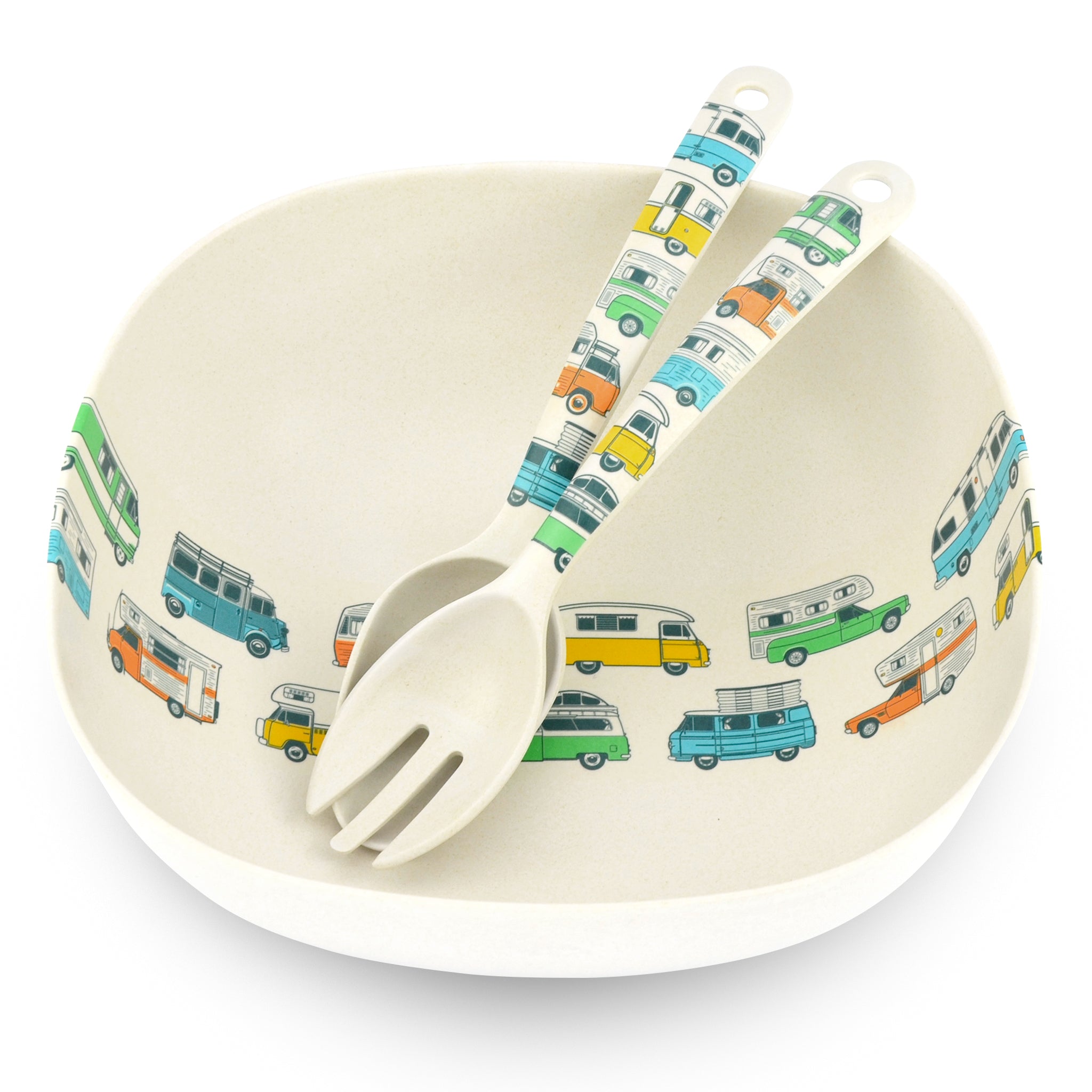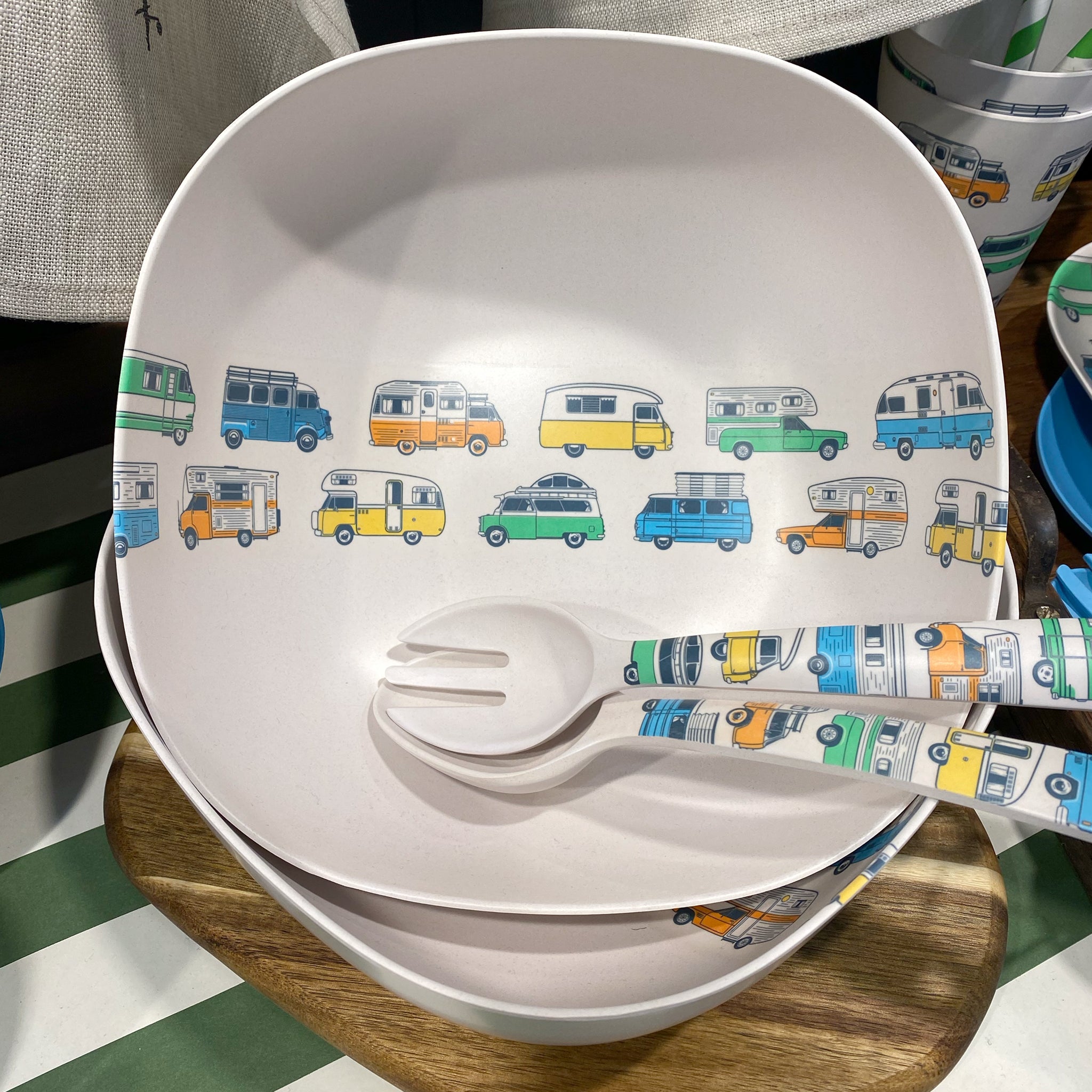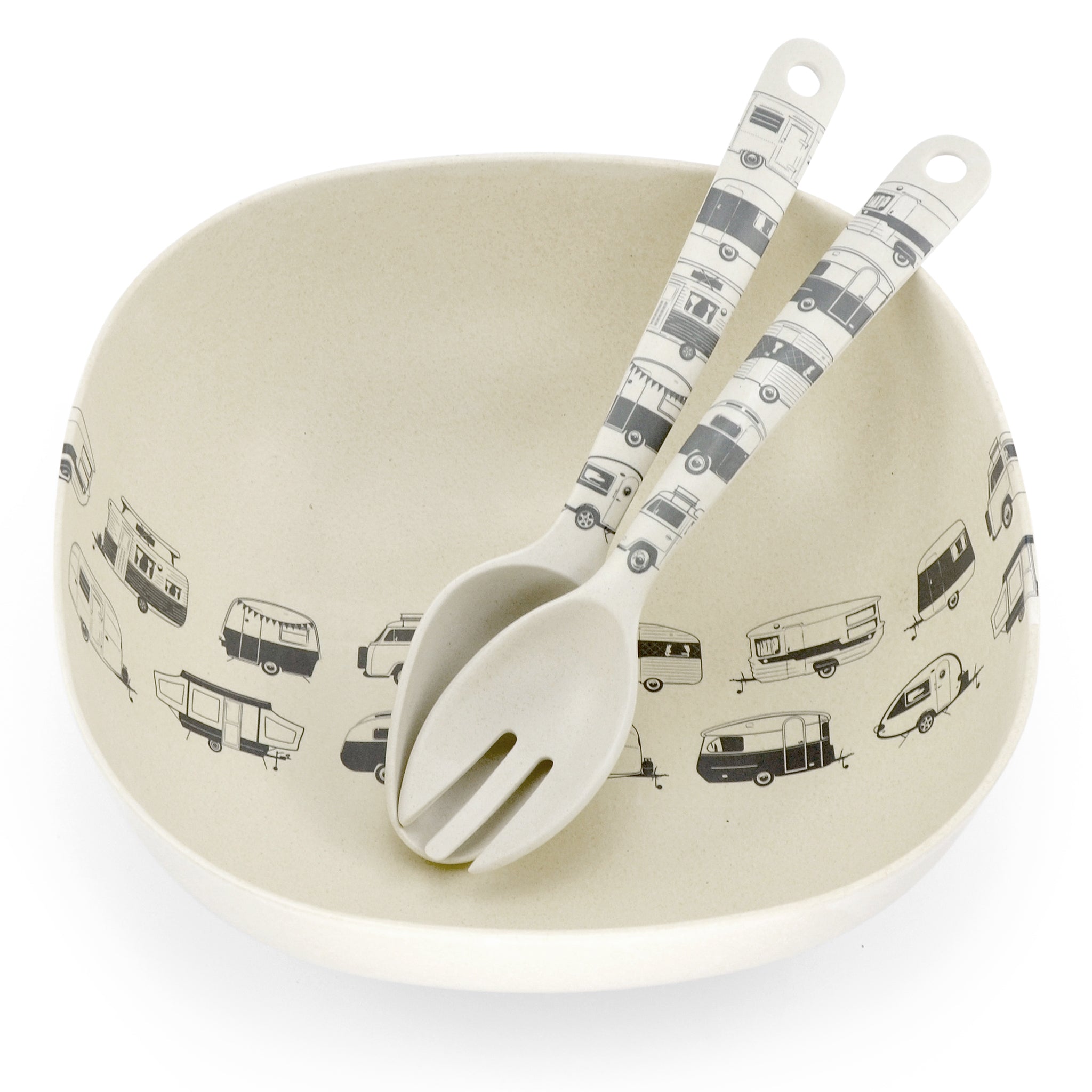

The History of Fisher Caravans
Started by Les and Alex Fisher in Walton-on-Thames in Surrey, England in the 1950’s, L. & A. Fisher LTD originally undertook caravan repairs. Sometime between 1960 and 1962, they began manufacturing their own Fisher branded caravans.
Each brother managed their own factory; Les rented an old workshop next to a film studio in Walton, where they began manufacturing the first Holivan models, and Alex managed a factory in Bagshot, Surrey.
All Fisher caravans were handmade by craftsmen in these two factories, except the chassis, which, in later years, came in from an outside supplier.
According to Les’ son Martin (who worked with his father during the 1960’s), there was also a range of small, fibreglass bodied models produced for a short time, but they were not very successful.
Compact touring vans were what Fisher became known for; vans as small as 2.5 metres long x 1.5 metres wide were produced in the 60’s, designed to tow the small British cars of that time. The Holivan Junior weighed in at around 260kgs and cost a mere £197! (It’s believed that there are less than 20 of them left in the world today!)
After creating quite a successful niche for themselves, these compact vans inspired a range of copycat versions from other manufacturers, which was an absolute headache for the Fishers.
After the UK experienced a tough economic time in the early 70’s (including electricity shortages and reduced working weeks), Les and Alex sold the business in 1975 to a man by the name of Peter Boharth, and the Walton factory closed soon after. Full operation moved to the Bagshot location with 12 staff, including a guy called Peter, who said the following…
“My first job was to assemble the van, which involved building the floor on the chassis, then putting on the sides, ends and roof. The van would be almost complete, with all electrical wiring and gas plumbing done at this stage. The body would then be passed onto the guys who would put the aluminium sheeting on, and then it would be returned to me to fit out the interior - bunks, table, sink unit, etc. There were different models for the UK and for Europe; the export vans were almost identical, but would have the door on the right side with the interior reversed. We produced a range from 2.7 metres to 4.5 metres (in length) as standard, and bigger vans were made to order. The vans were a quality unit, well finished, with small and well appointed interiors.”


According to one source, Fisher finally closed its doors in 1980, but was then relaunched as CX Caravans, with quite a few of their models looking similar to the old Fisher vans. Unfortunately, there is not much information in regards to the company’s journey from here on…
You won’t see many English built caravans here in Australia, whatever the brand. But when you do, they would stand out due to their luxurious, polished wooden panelling and plush interiors. Some even have a gas furnace!
So, you’re probably just as likely to spot a *Drop Bear as you would a Fisher caravan on Australian roads…. but it’s always worth a try!
* Drop Bears – mythical creatures likened to giant, carnivorous koalas that were apparently invented to scare tourists. Campers beware!
If you love caravans, then check out our amazing range of Caravan themed bamboo travel mugs, drinkware and tablewear which are guaranteed to brighten up your day!

